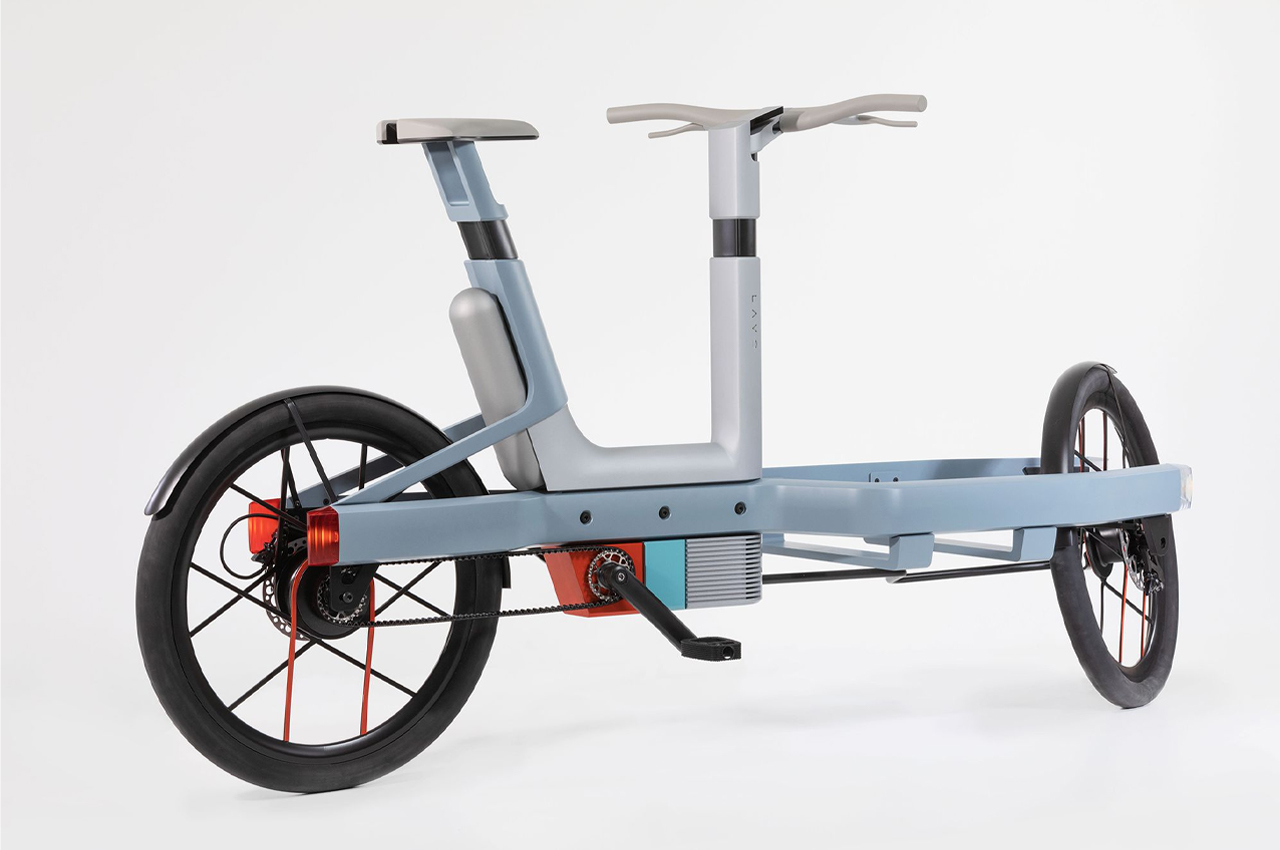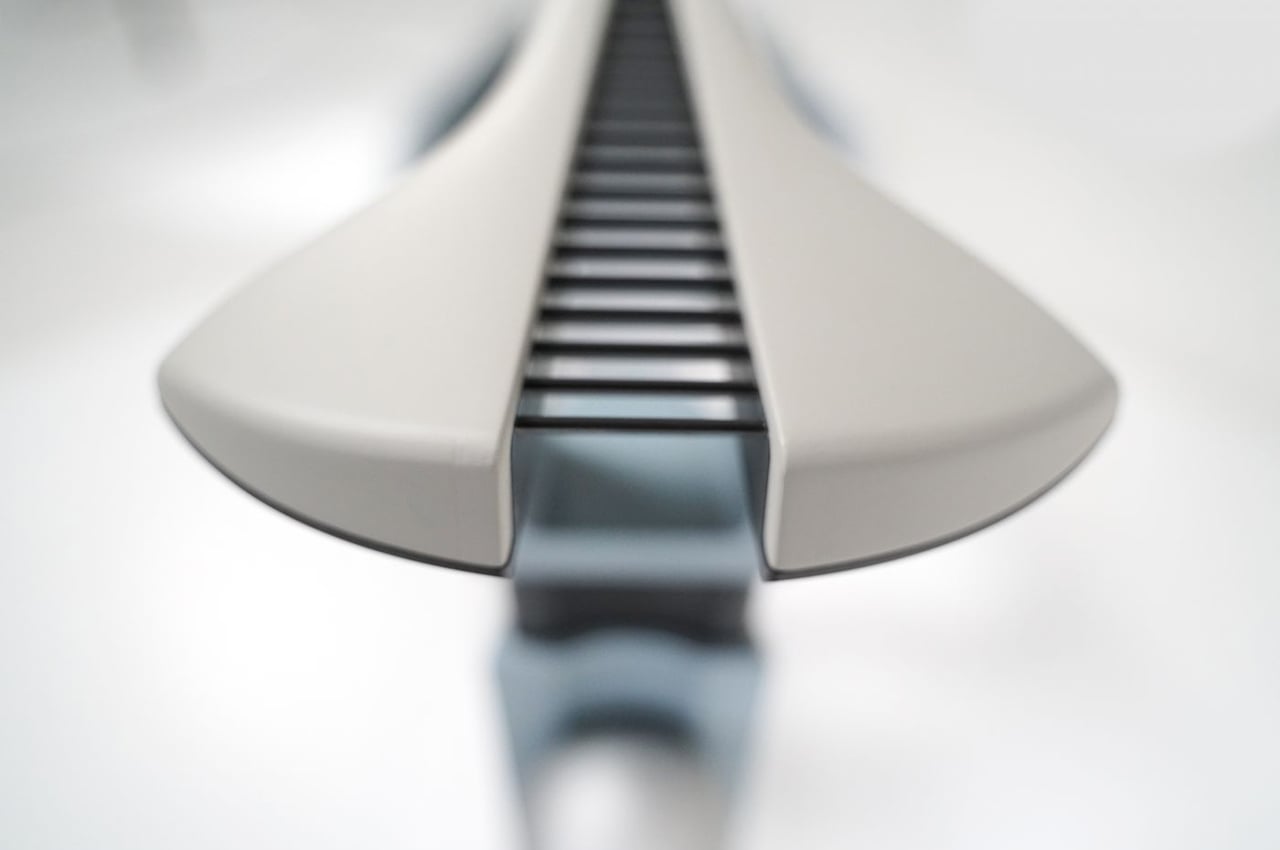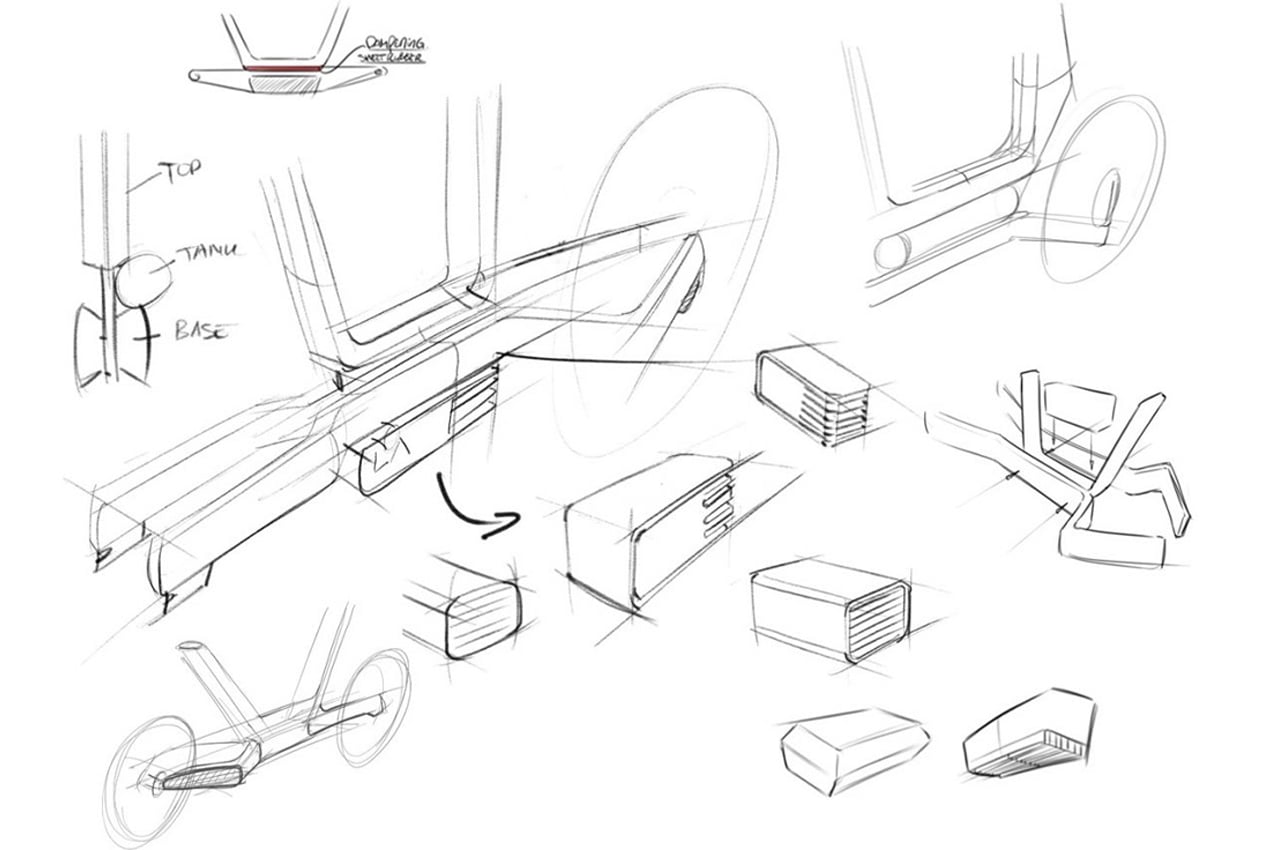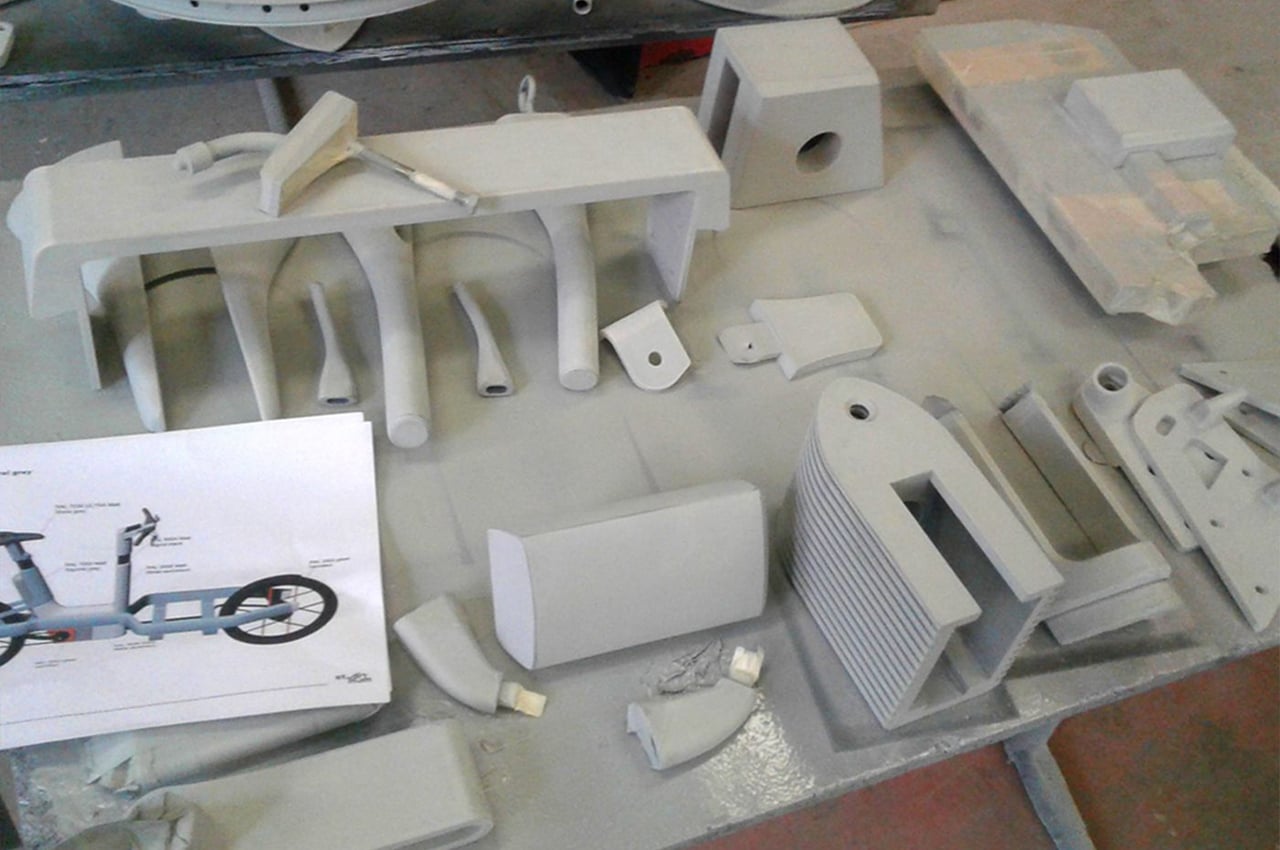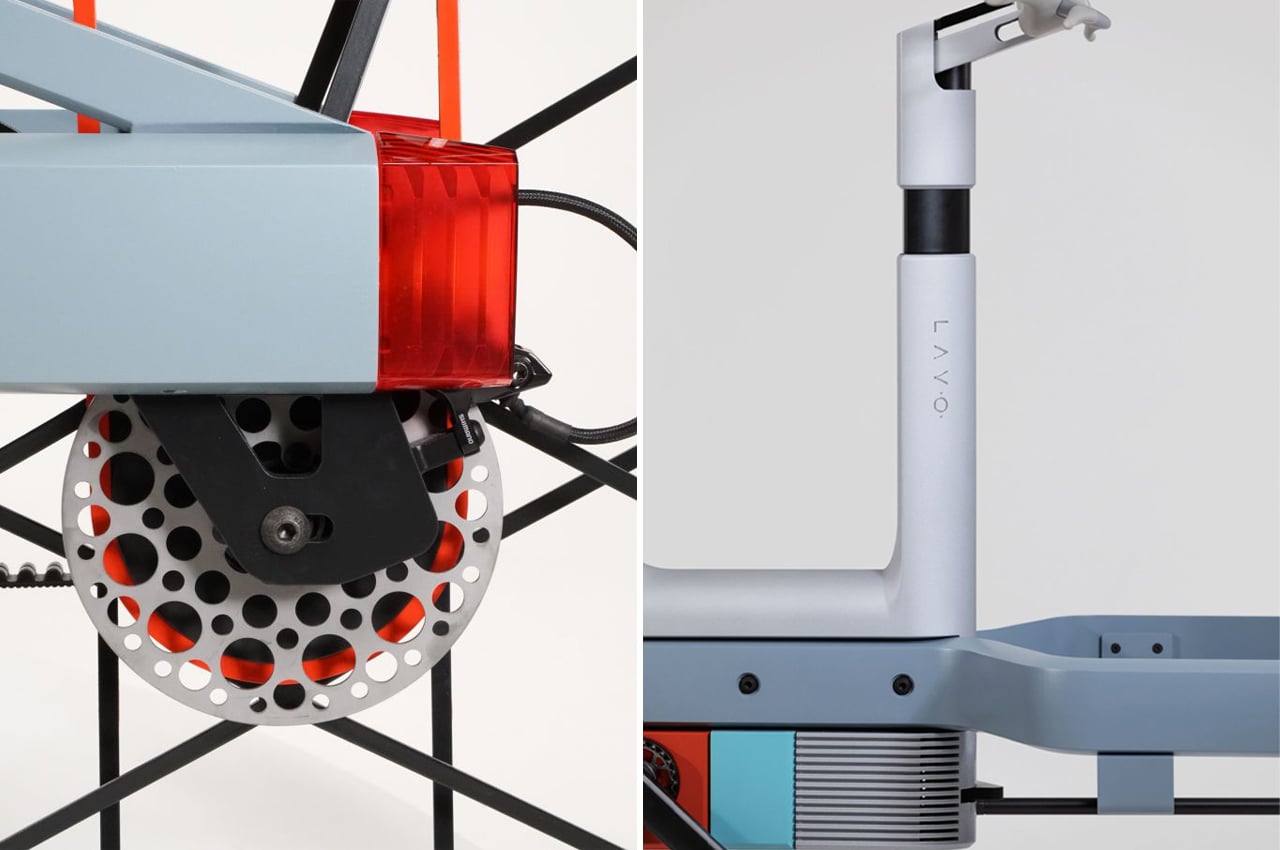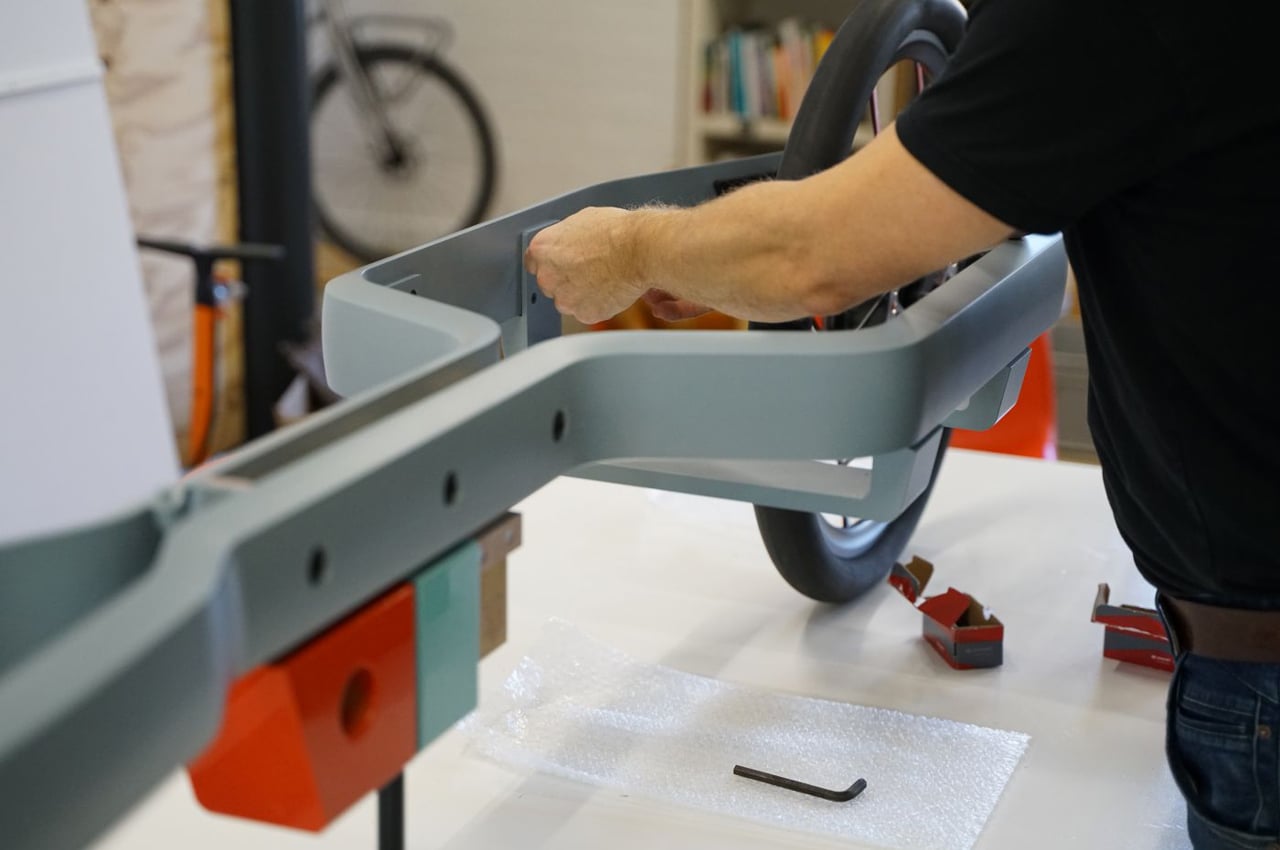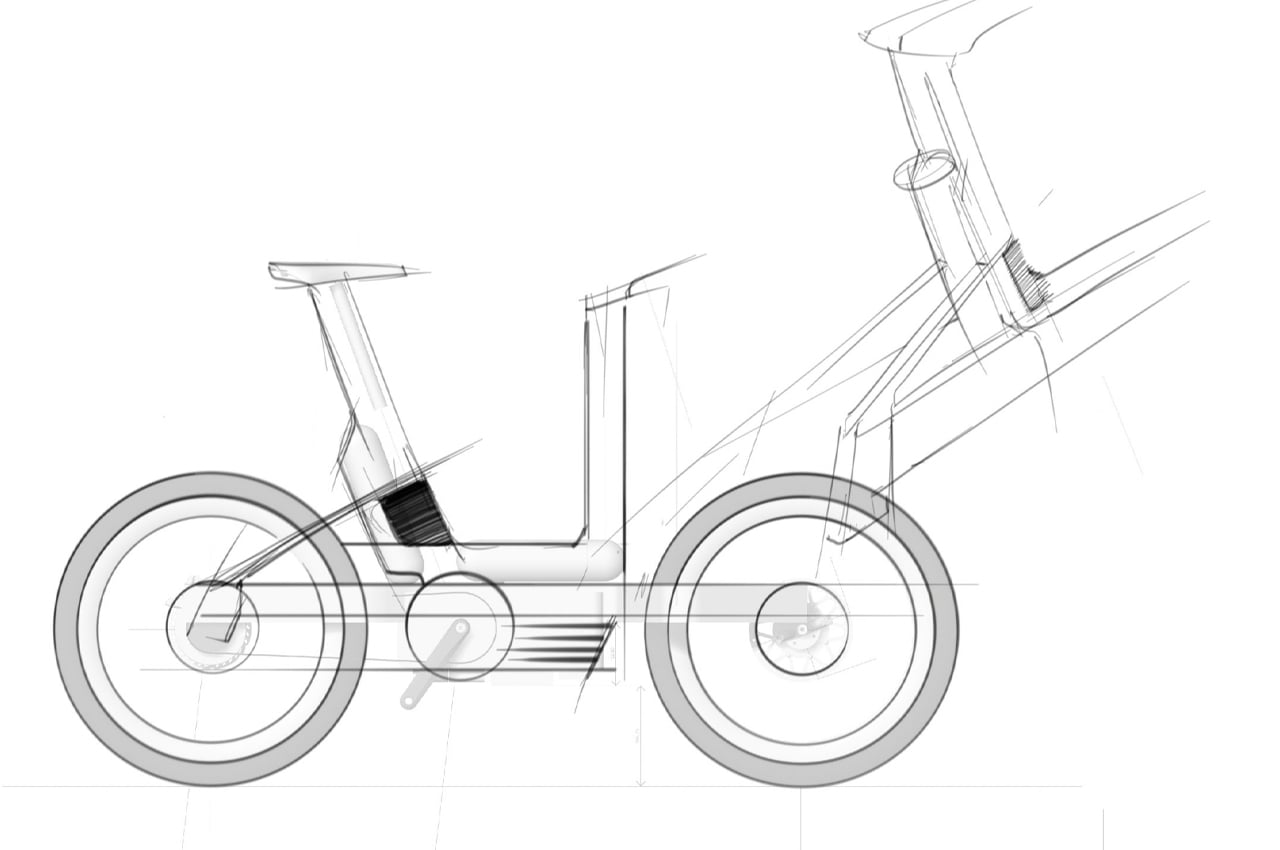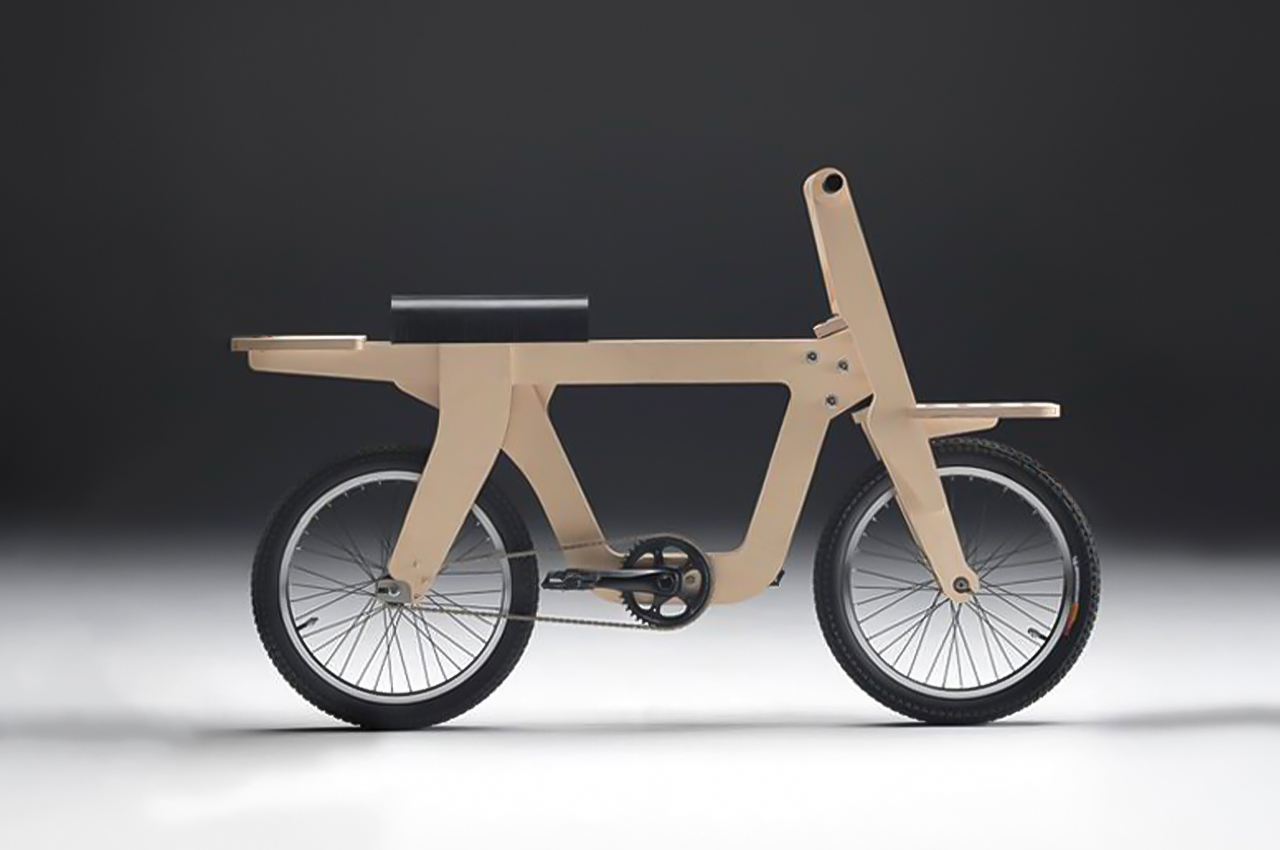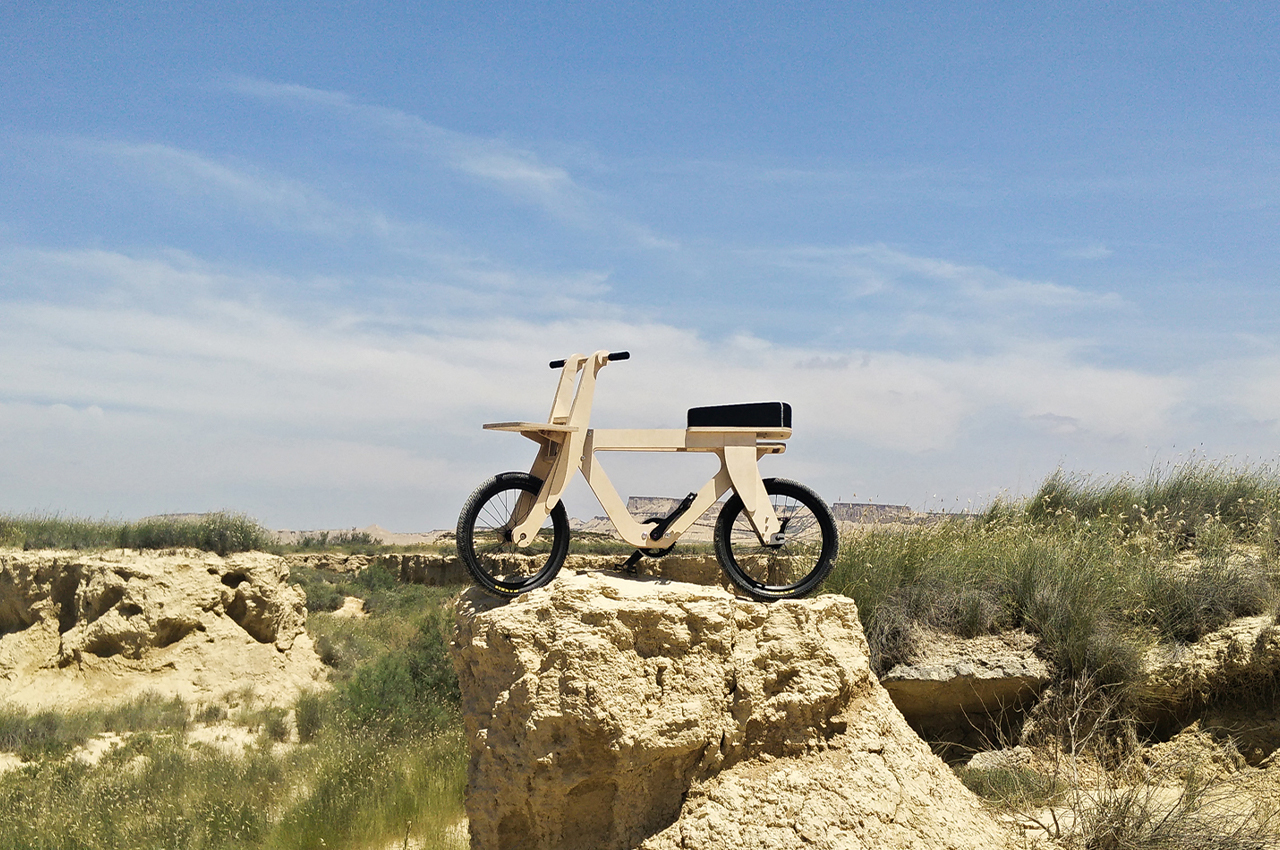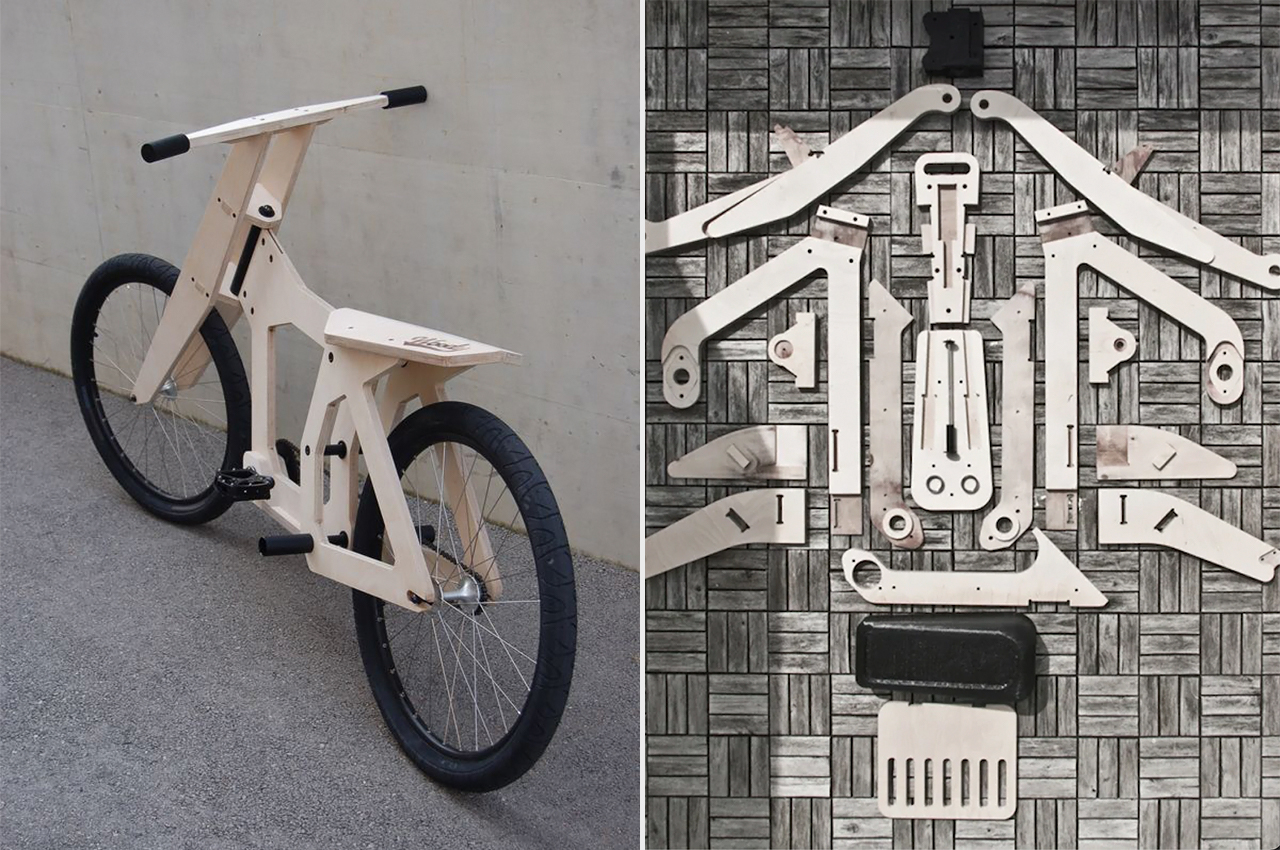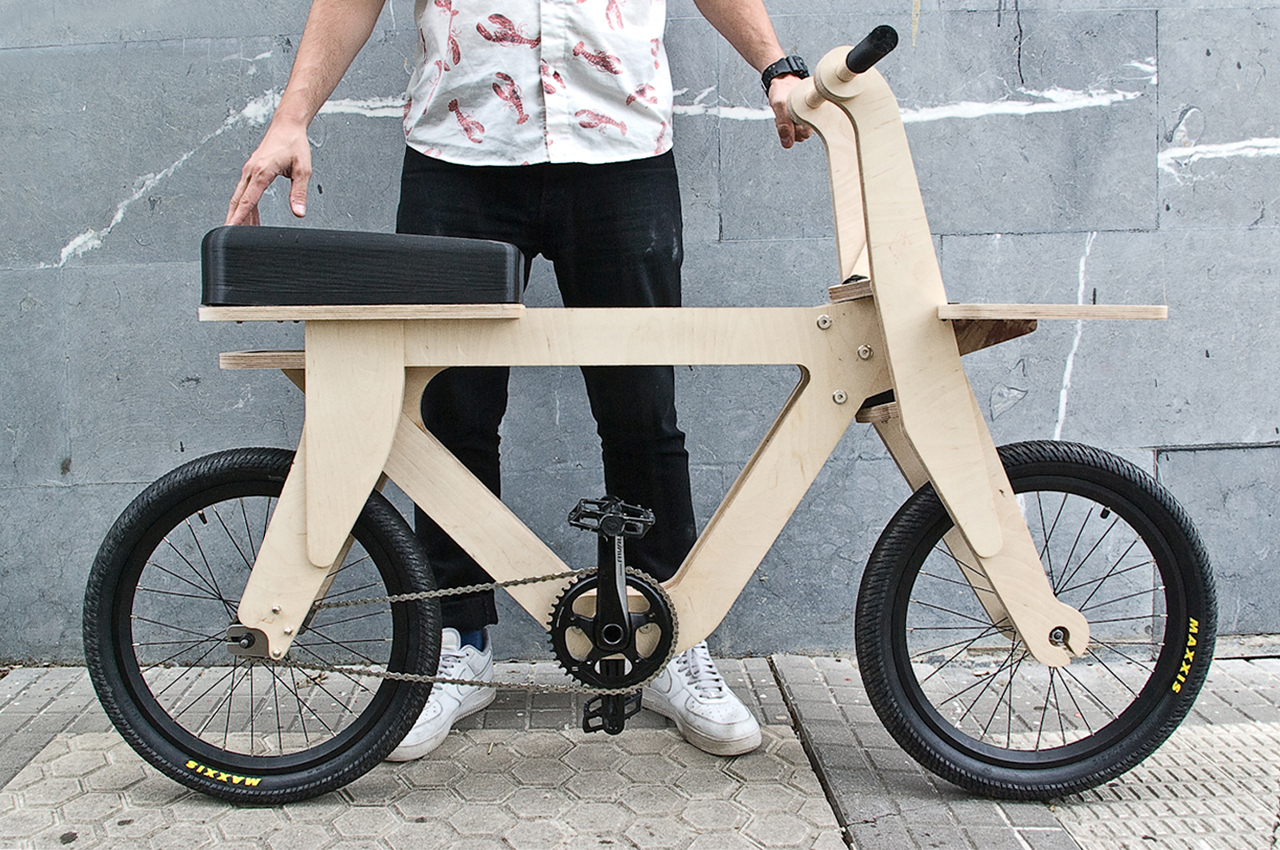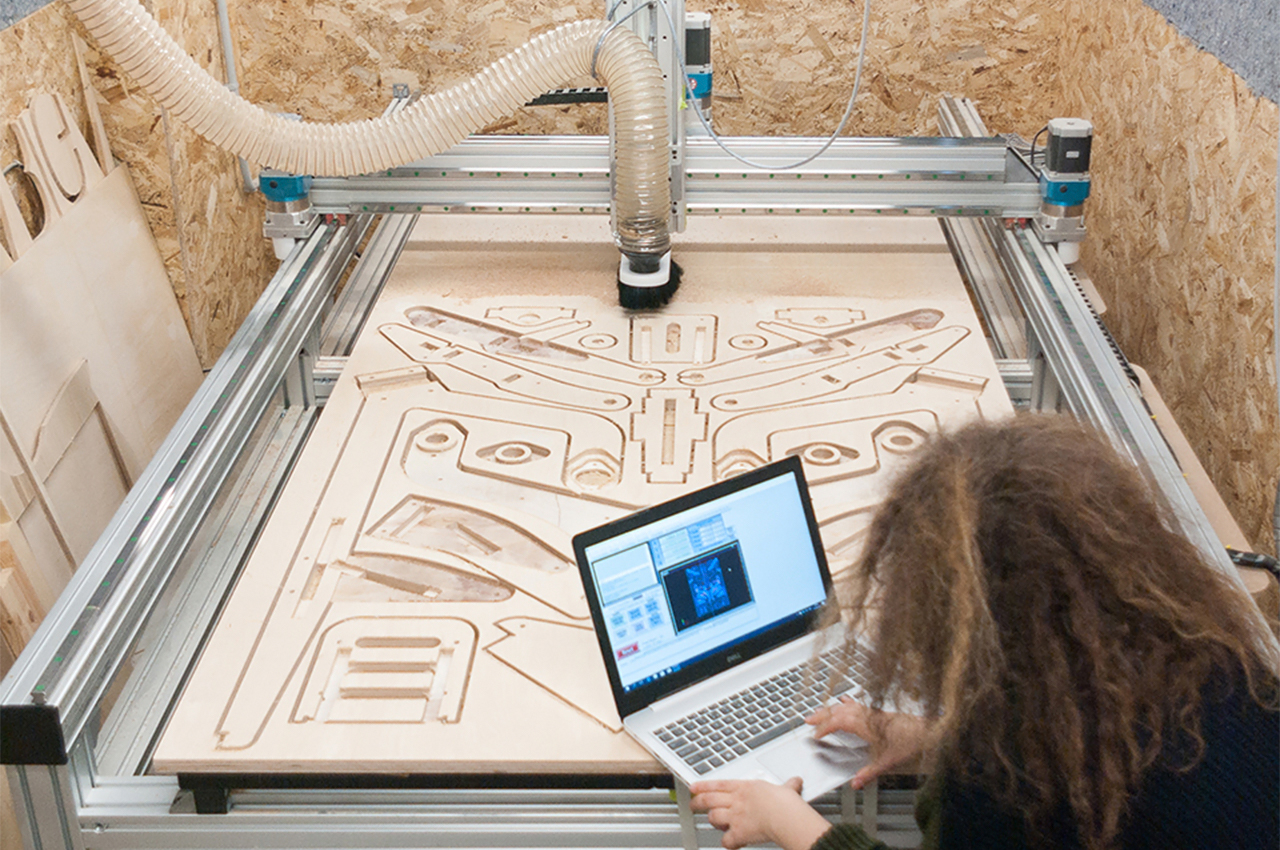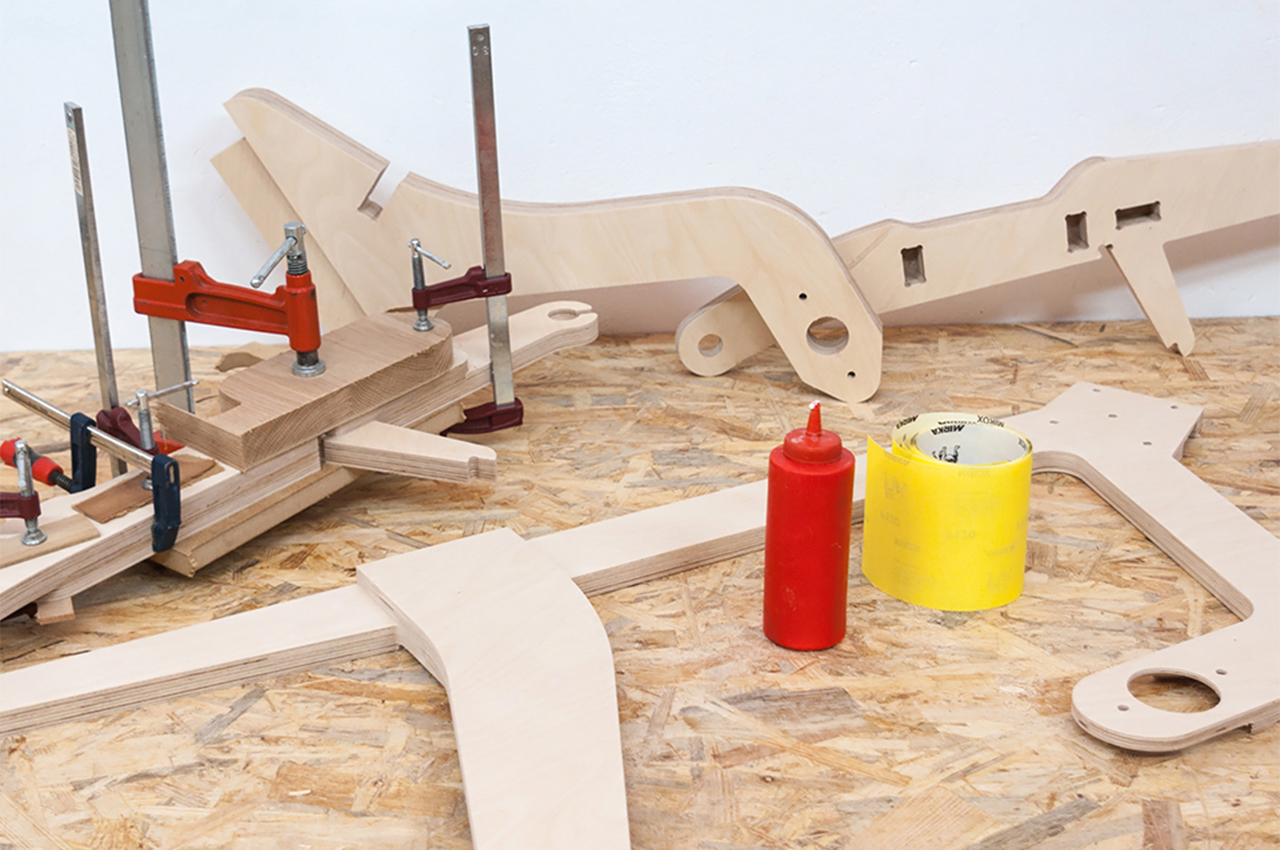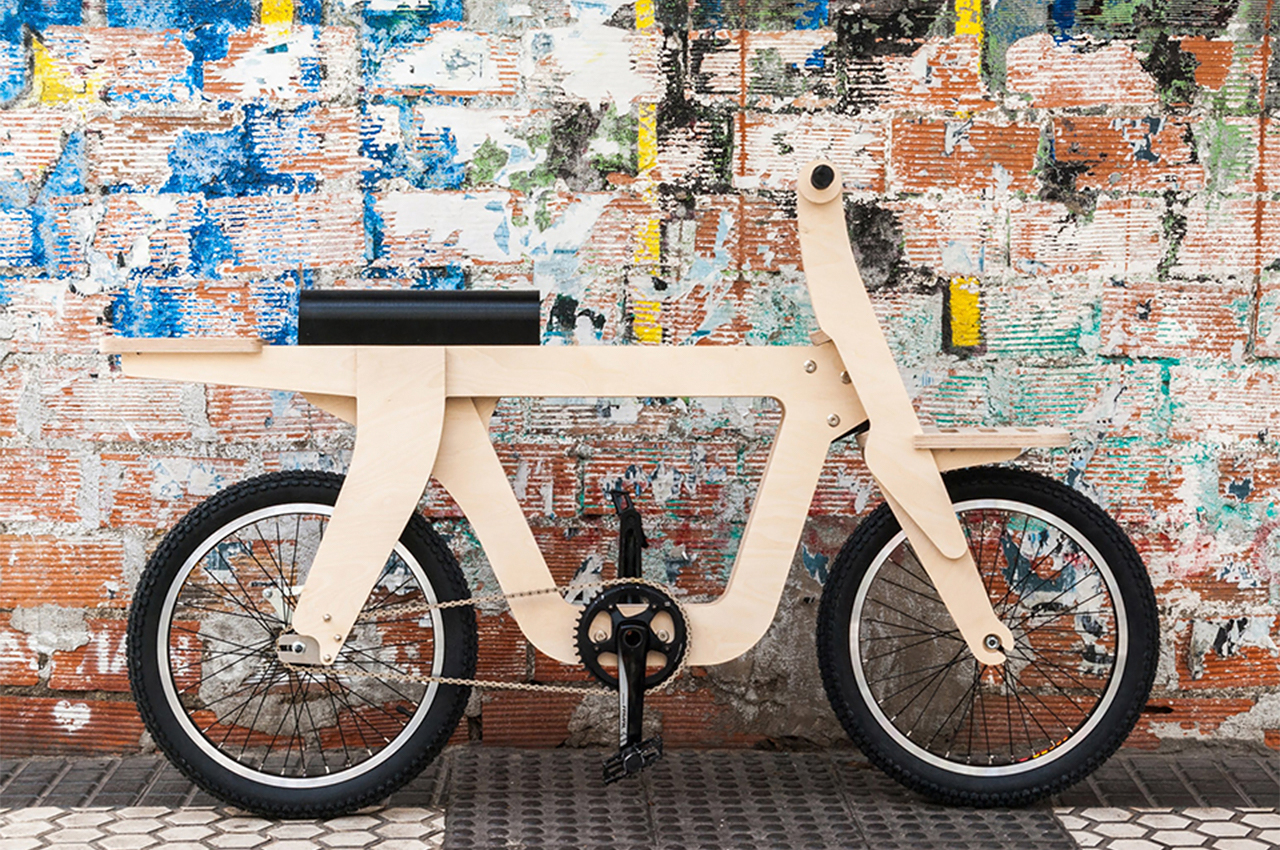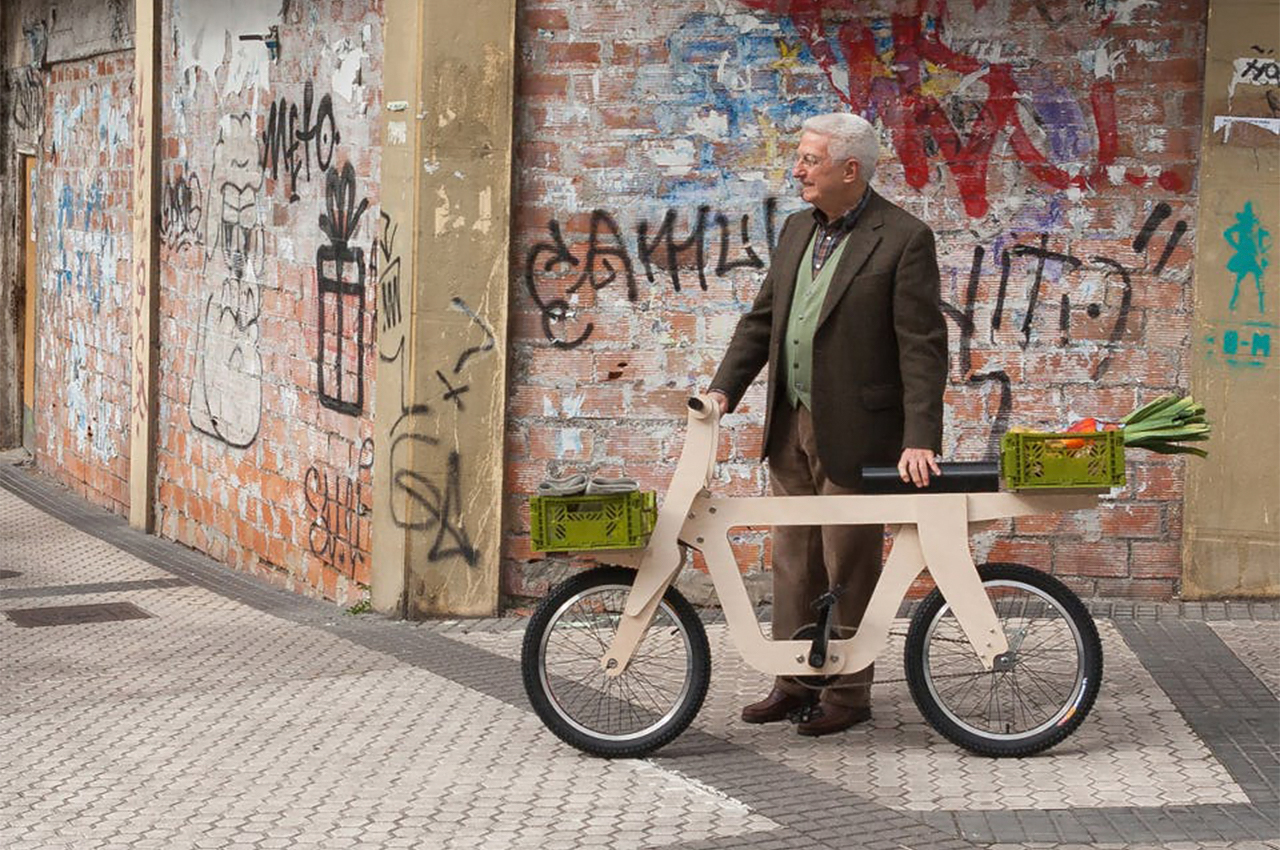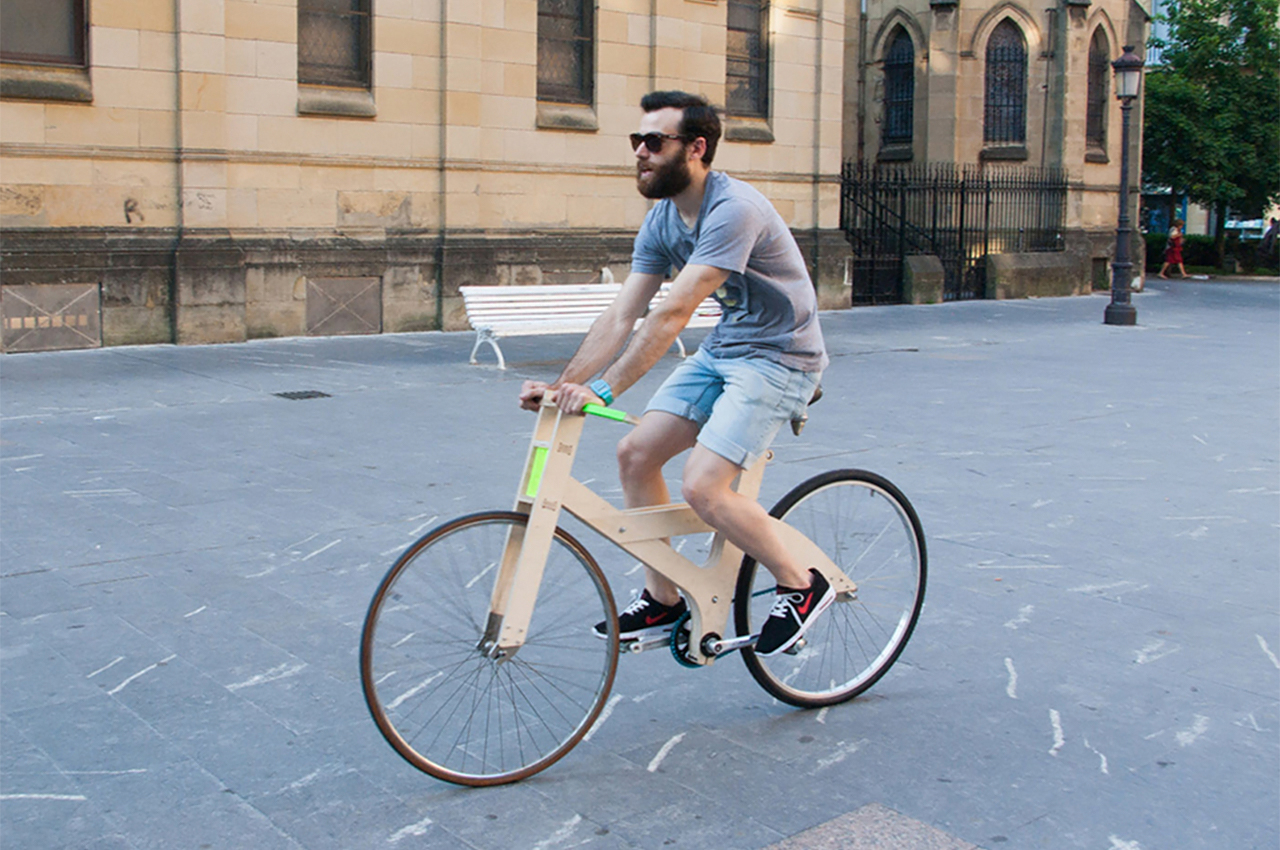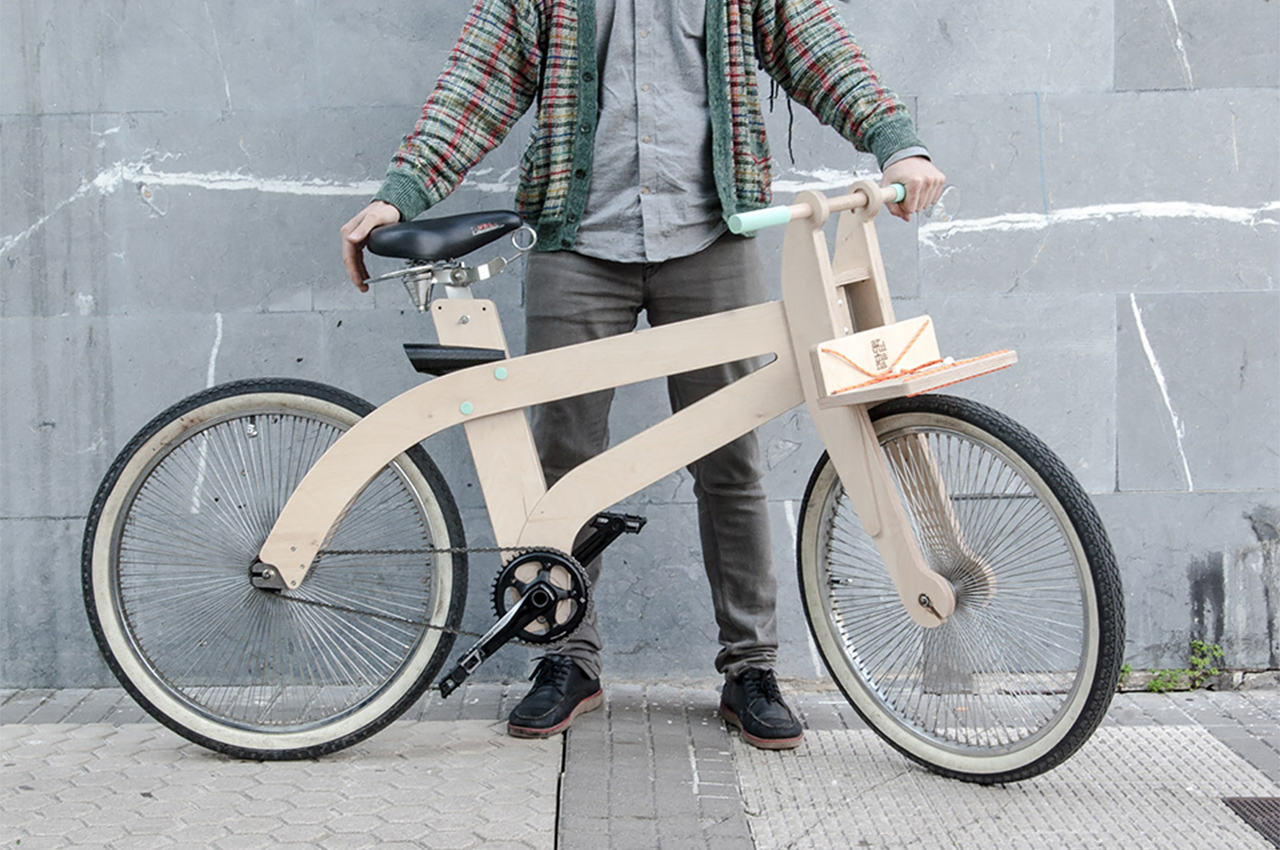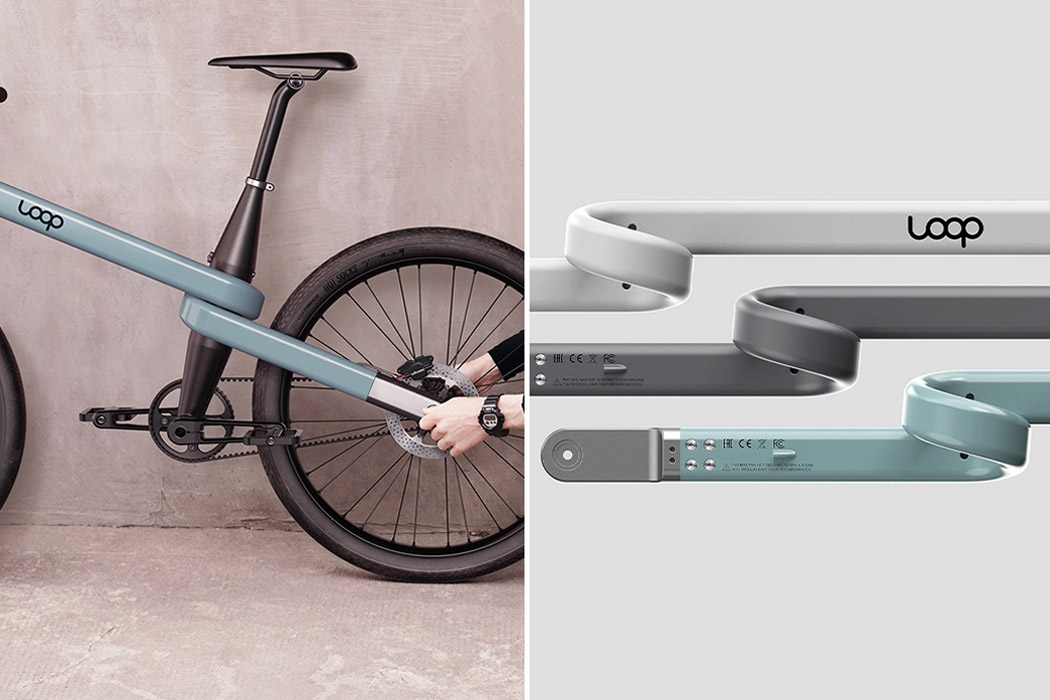
I’m team bicycle through and through! They are the most eco-friendly means of transportation, and also really fun to ride. They create zero emissions and encourage people to ditch the fossil fuel consuming and pollution causing automobiles. And not to mention, not only are they healthy for the environment but for us as well! They promote good health and ensure you get your daily dose of exercise done, without even hitting the gym. In an attempt to encourage and celebrate bicycles, we’ve curated a collection of unique and innovative bicycle designs that will cater to everyone’s diverse bicycle-riding needs. There’s a cool bike in here for everyone!
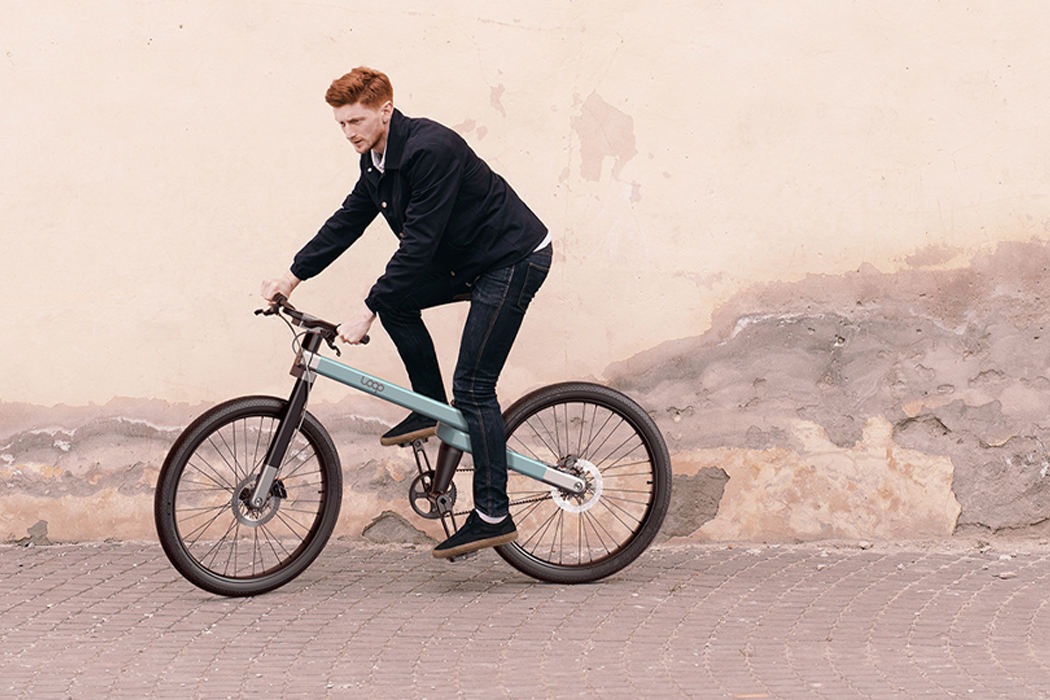
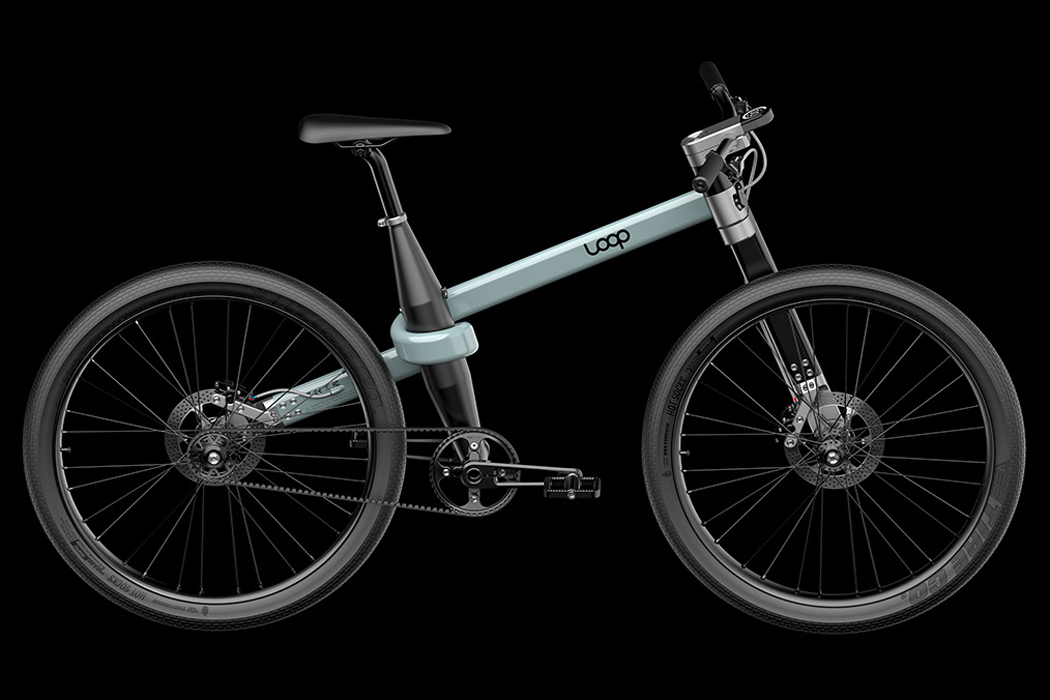
City bikes are designed to be intuitive for smooth, easy rides. When coasting between traffic and stoplights, a city bike ride should feel lightweight and nimble. Through a unique approach in designing his city bike, Gaëtan Francq created Loop, a compact city bike whose parts were developed around the bike’s looped frame to deliver a fully-contained, sleek ride. As eye-catching as Loop’s frame might be, the city bike from Gaëtan Francq Studio comes through with a lot more perks. Starting out with Loop’s handlebar, which comes packed with Bluetooth connectivity, the city bike’s simplified GPS is contained here to ensure riders won’t lose their way in new cities or on unfamiliar roads. Just below Loop’s handlebar, a storage compartment fills out the bike’s looped saddle tube, allowing riders to bring items like bottles of water or even wine along with them for the ride. With Loop, there are no more excuses for showing up empty-handed to the party.
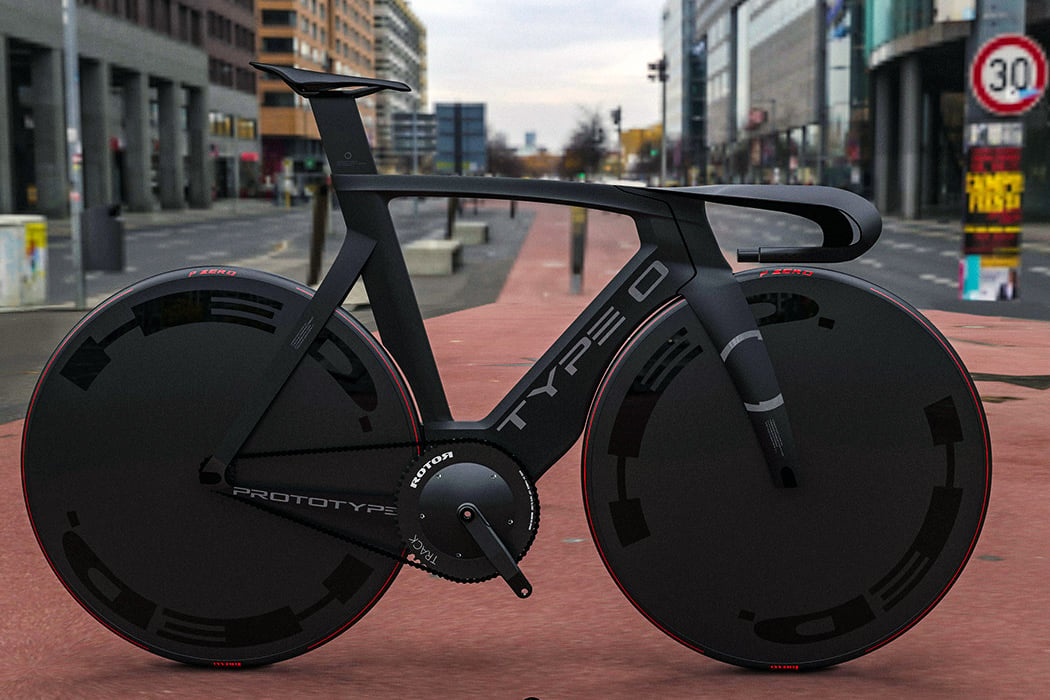
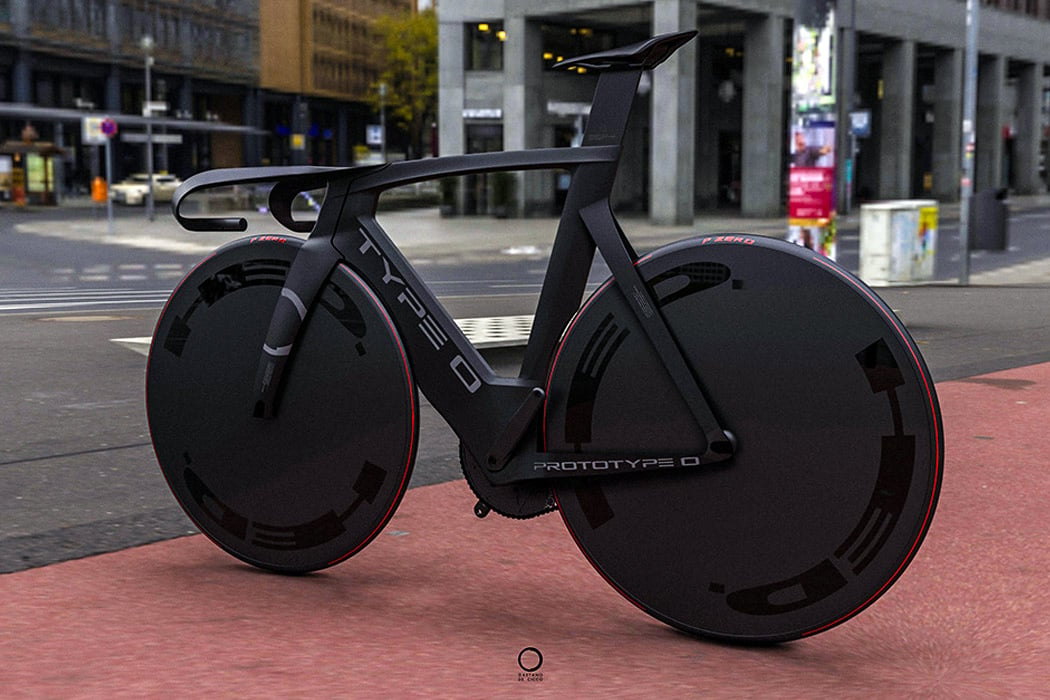
Called Prototype 0, this velodrome track racing bicycle imagined for speed heads shines out with its unibody design that’s centered on drag reduction and aerodynamic optimization for maximum acceleration with the minimum effort. The ultra-slim profile of the Prototype helps in achieving the least possible aerodynamic drag which is great for effortless commuting. The bike is a fixie – a single-speed gear bicycle that is tailored for urban riding for extra degree control. Don’t expect it to be as good for steep ascends or rugged terrain, as it’s purely designed to be a racing demon for smooth tarmac surfaces. The presence of a bigger gear shaft means that the control is going to be the ride’s forte.
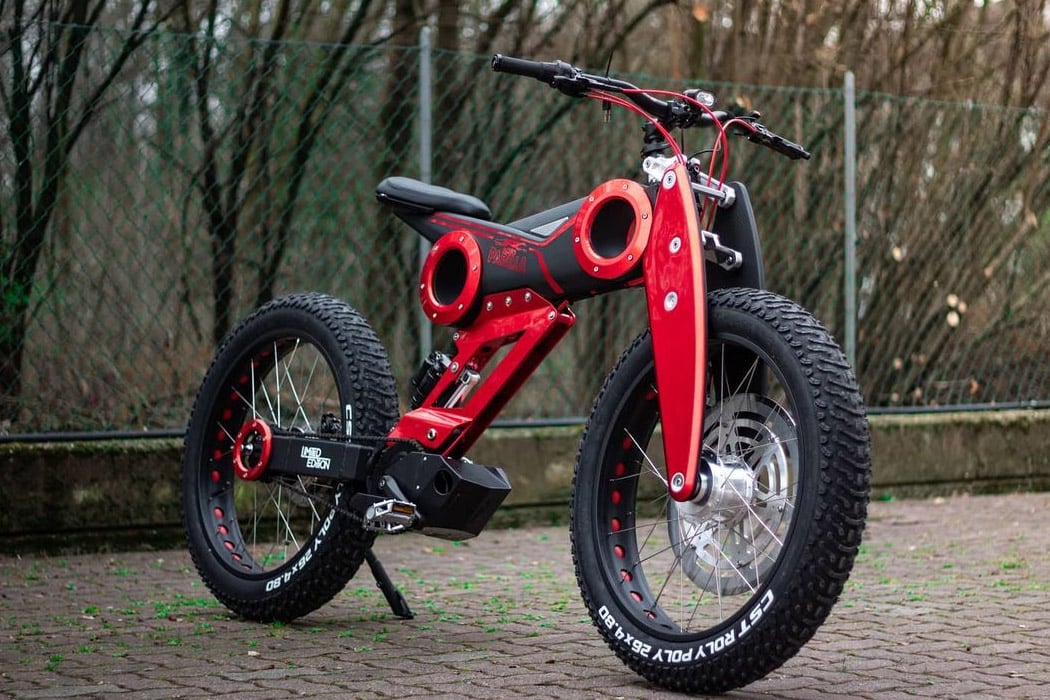
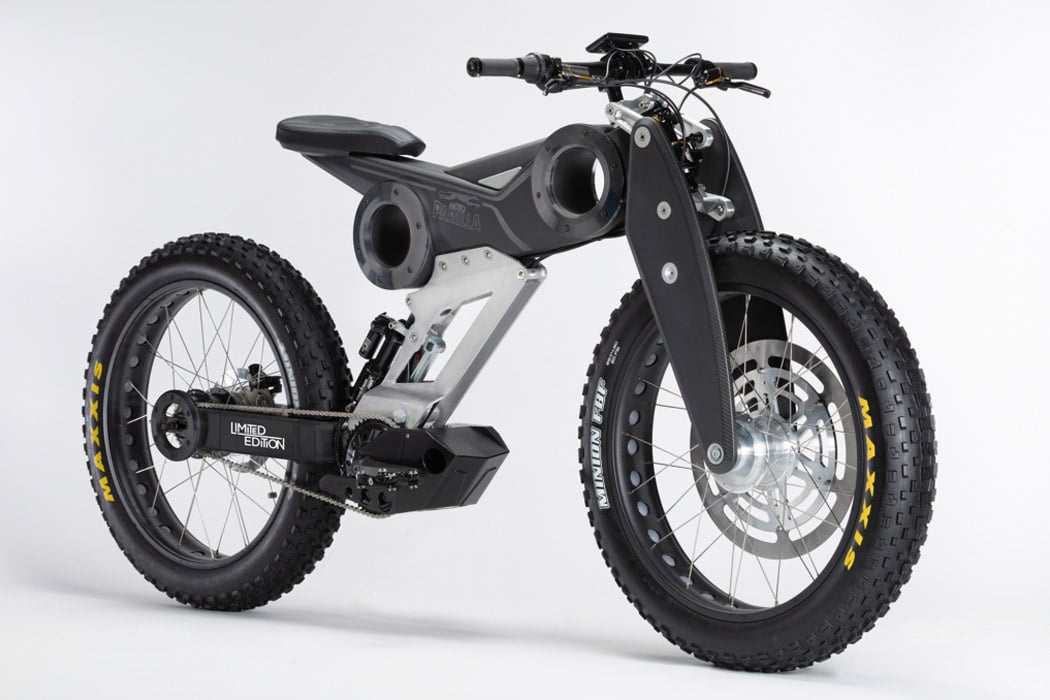
While on the first impression you might mistake (anyone would) this for a powerful electric bike ready to take on any terrain – it in reality is something more subtle. Yes, this is in reality a pedal-powered electric bicycle dubbed ‘Carbon’, crafted at Moto Parilla, an Italian automotive designer house. Meant to traverse any rough terrain with electric motor-assisted power when needed, the pedal-powered bicycle comes with the reassurance of fat wheels for superior grip. The wheels are perfectly synced with the equally big oversized disc brakes and the hydraulic brakes. The composite carbon fiber and aluminum body further gives the bike a very modern appeal for new-age rider’s delight. Not to mention the toughness, agility, and durability the material brings to the ride.
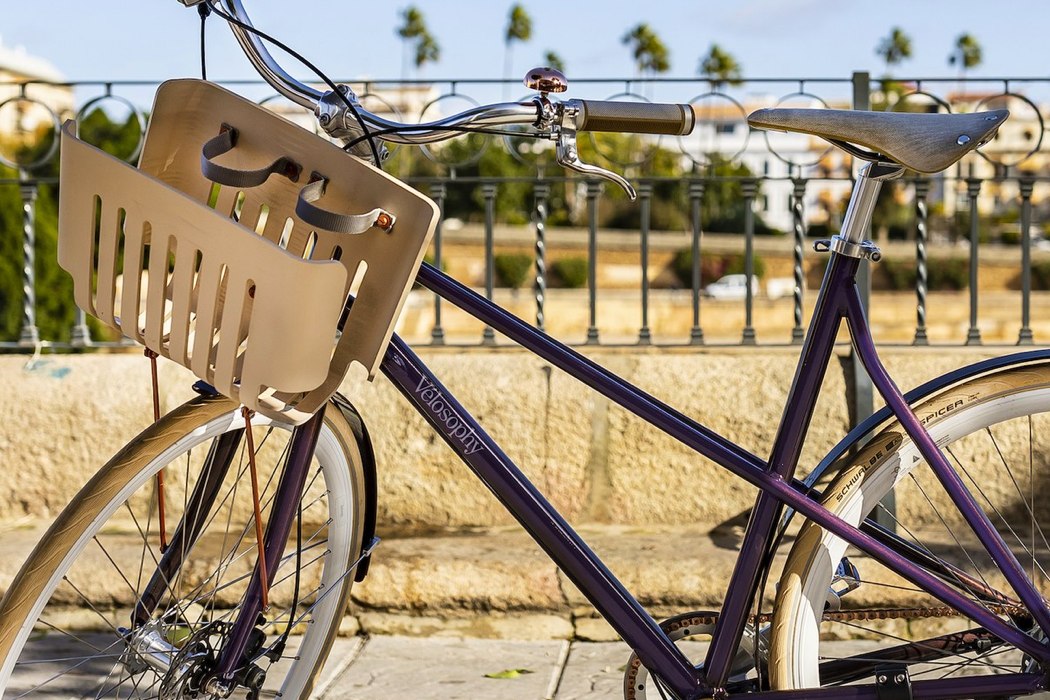
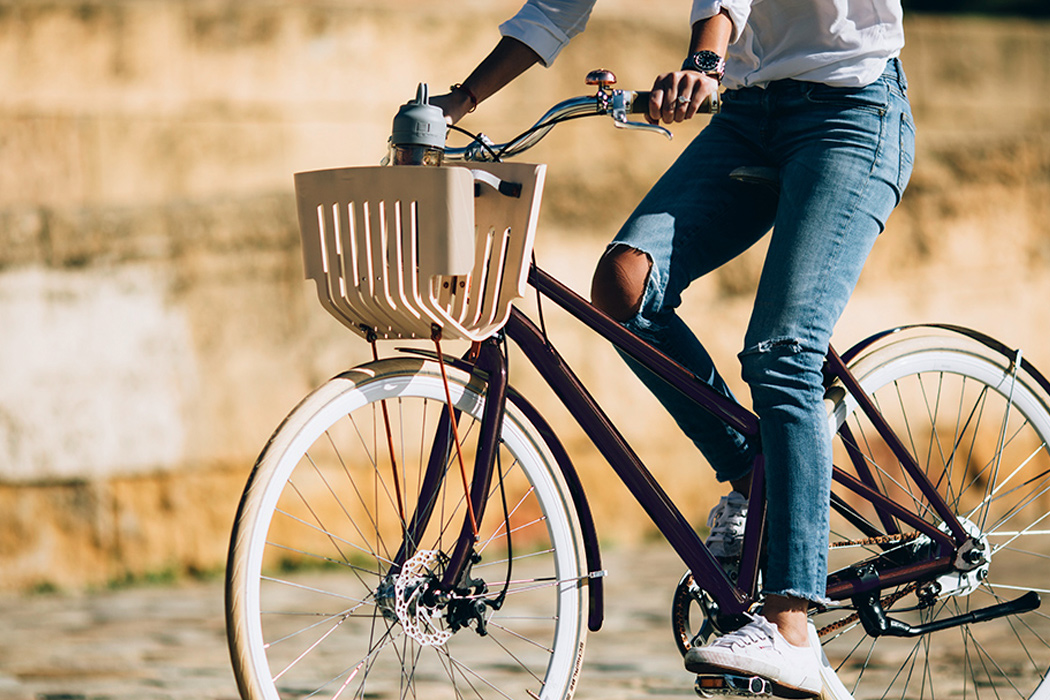
Crafted from recycled aluminum coffee capsules, RE:CYCLE is the brainchild of Jimmy Östholm, a bike entrepreneur. The aluminum in the coffee capsules is melted down and then used by Vélosophy to create the sturdy and rigid bike. A perfect marriage of sustainability and design, it is an instance of recycling that has been upcycled. RE:CYCLE maintains Vélosophy’s simple and iconic design philosophy, a minimalistic and sleek bike with clear-cut edges. However, there are a few surprising touches! The vibrant purple frame has been inspired by Arpeggio (the famous Nespresso coffee), while the bell has been molded to resemble the shape of the much-loved coffee capsule.
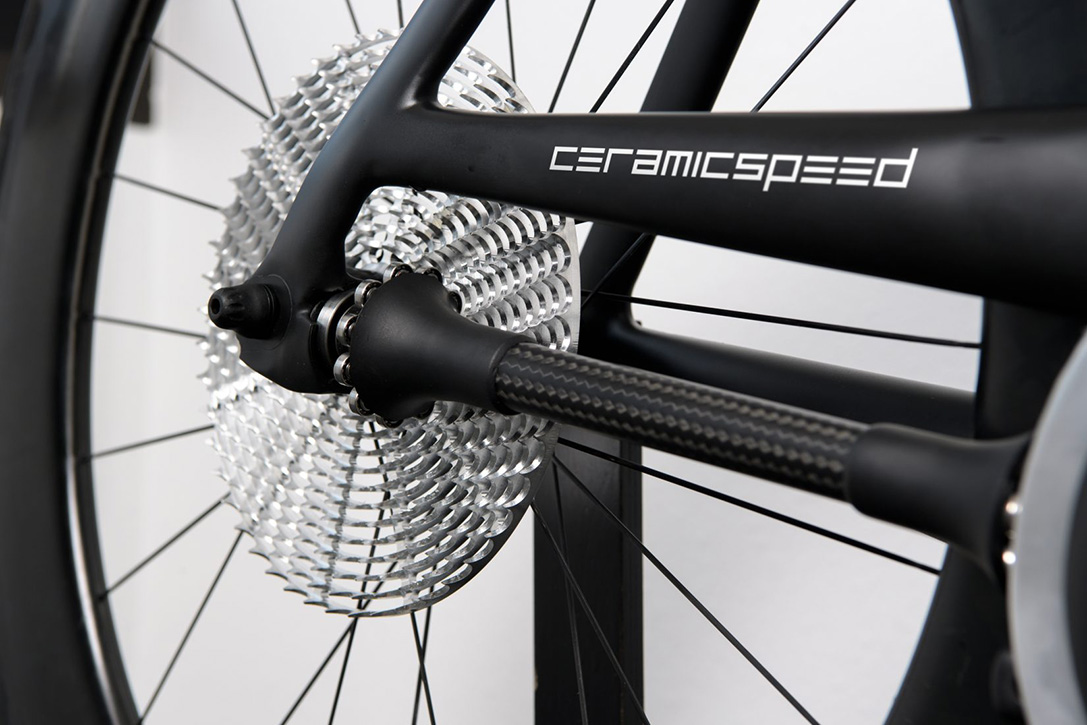
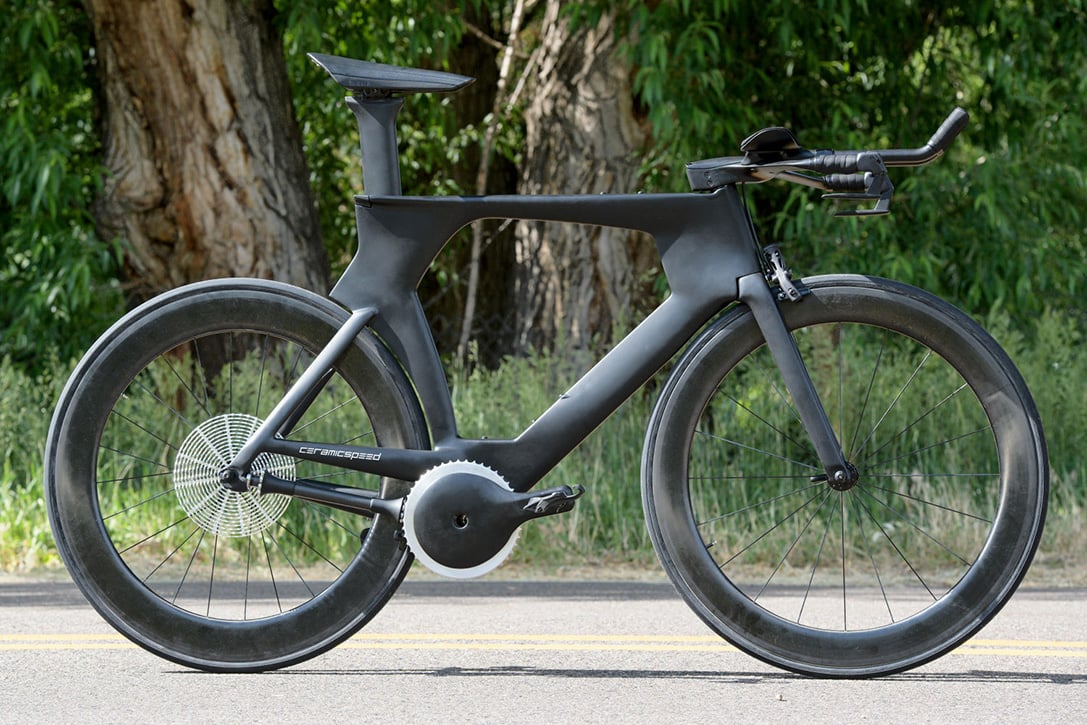
CeramicSpeed’s new drivetrain removes the ubiquitous chain that’s synonymous with two-wheelers for a drivetrain that’s mess-free, low on friction, and amazing looking. A rotating shaft replaces the need for a greasy chain, and it works spectacularly well, say the people at CeramicSpeed, reducing friction by as much as 49%. Where chains usually wrap around toothed gears, pulling individually at each tooth, causing sliding friction at each point, the ‘Driven’ chainless drivetrain has just two points of contact, where the pedals interface with the rotating shaft, and where the shaft transfers the rotation to the rear wheel. At these points, CeramicSpeed introduces ceramic ball bearings on the shaft, causing less friction as the bearings push against the teeth of the gears and rotate too, resulting in an extremely smooth movement.
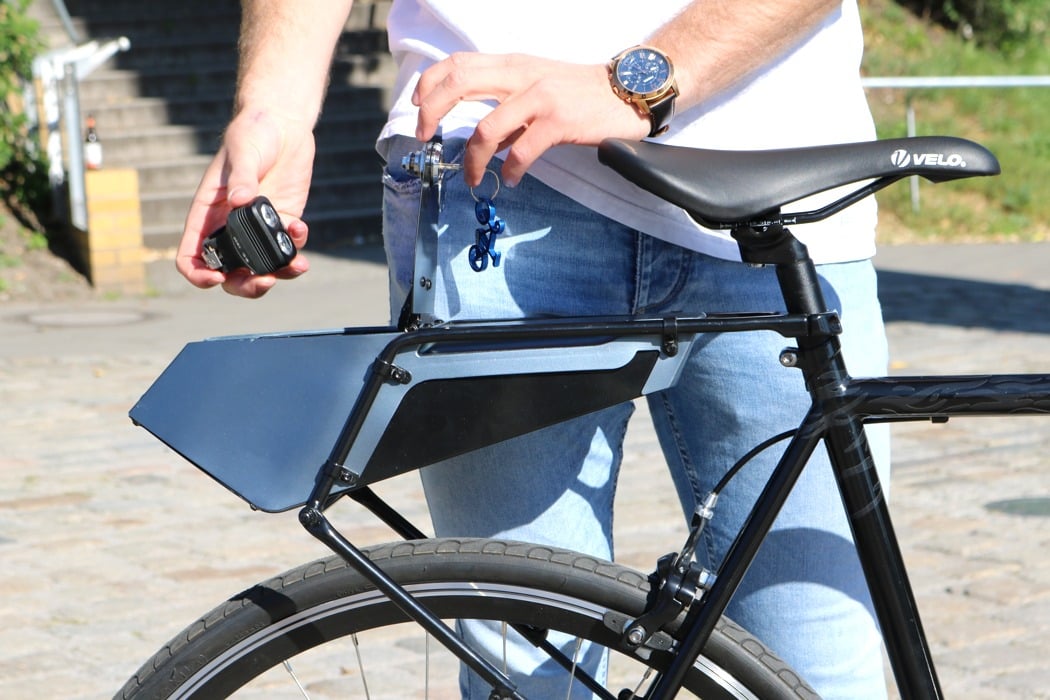
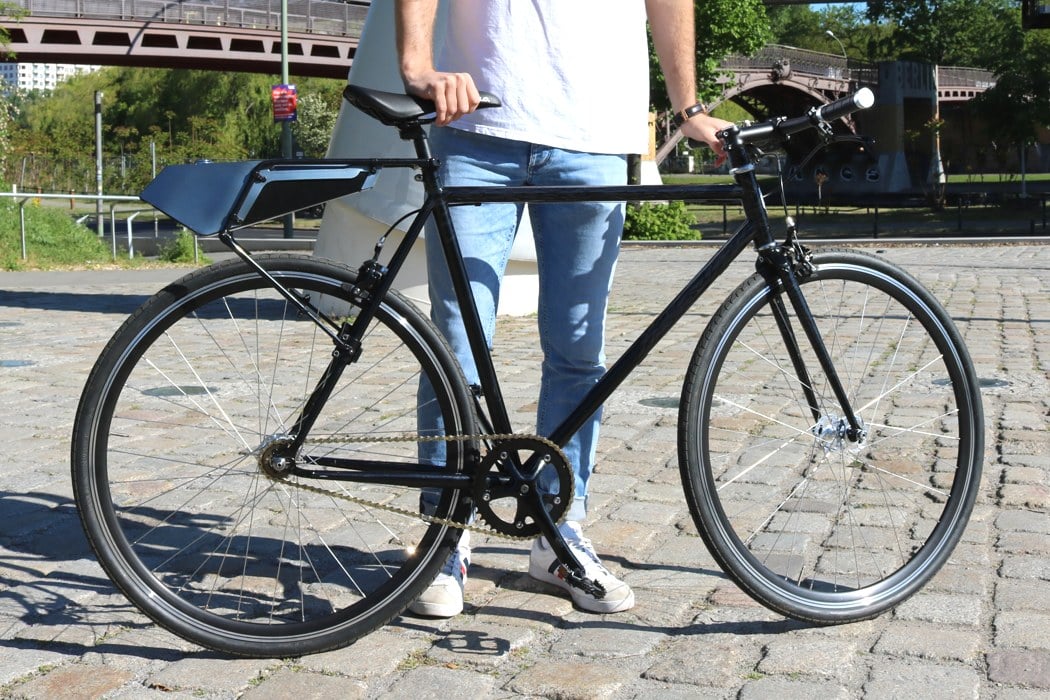
City bicycles are diverse. Some of them are designed to carry heavy loads, others for speed. What if bicyclists want to use their bicycles for more than solely speed performance – but also for logistics. What if they don’t want to be forced, to always wear backpacks, even if they only want to carry a raincoat, EDC, or basic shopping supplies. The AEROCARRIER gives bicycles the additional storage they deserve. Just like most scooters which come with storage below the seat, the AEROCARRIER straps to the back of any cycle seat, giving you 3 liters of fully secure, waterproof storage. Designed to bring the perspective of basic logistics to an otherwise designed-for-performance machine, the AEROCARRIER lets you carry supplies and emergency items like reflective vest, med-kits, or even spares like bike tubes or a repair kit. It brings the practicality needed on city cycles.
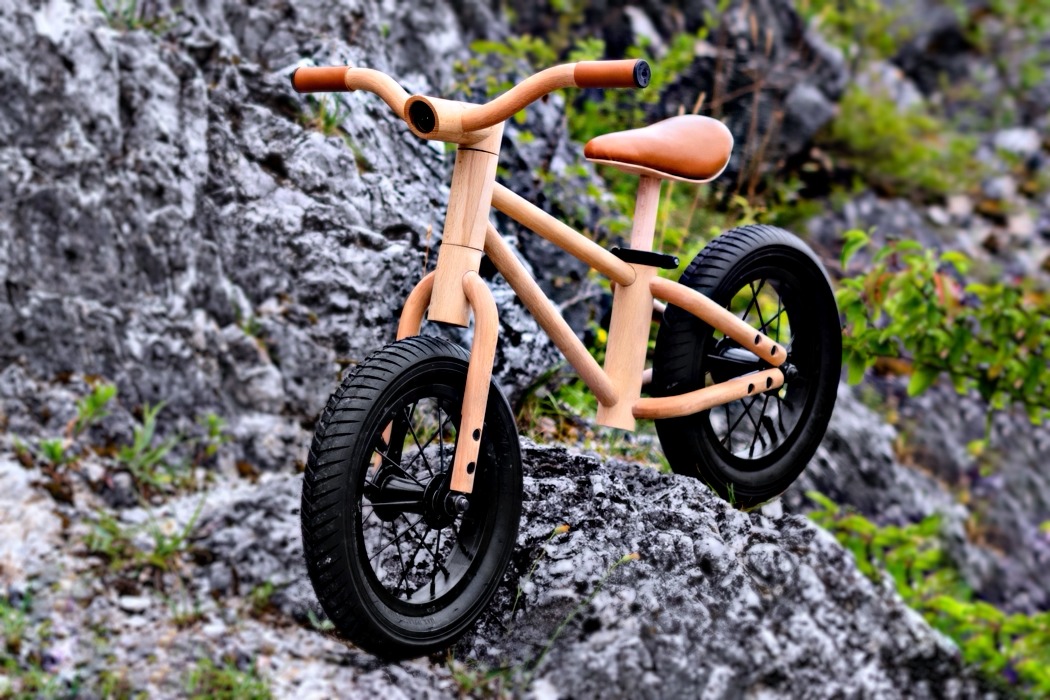
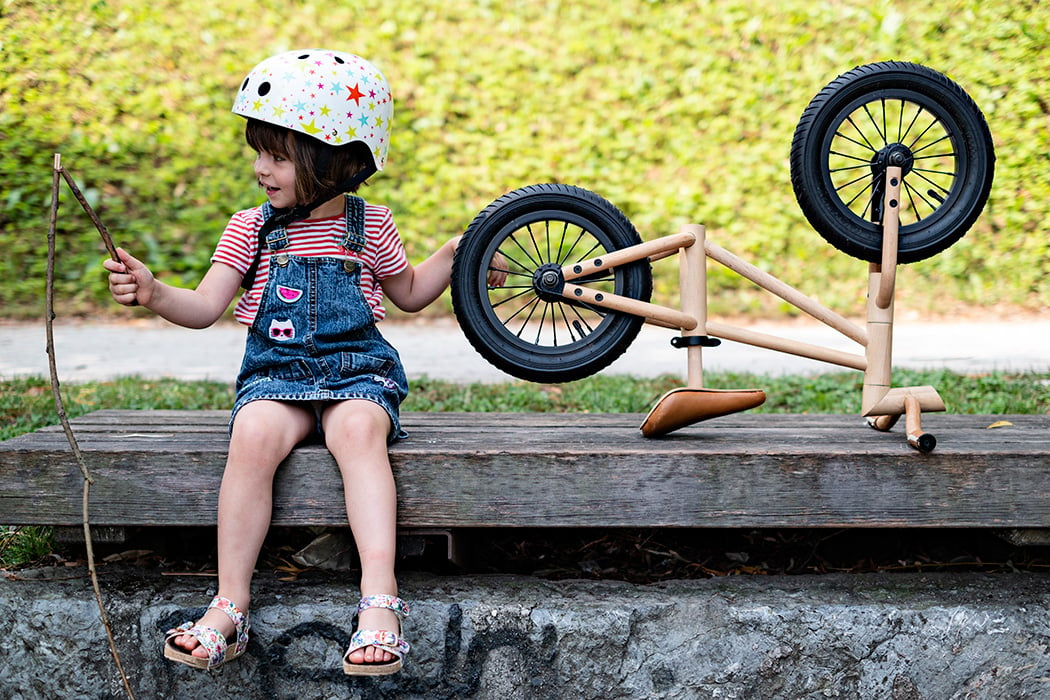
Bixie is the best way to get children excited about sustainable, healthy living right from the get-go. Not only does it promote exercise, but its sustainably built wooden construction introduces eco-friendliness in kids from an early age. Bixie is made from locally sourced beech wood from the Alps. Finished with natural oils and waxes, the wood is lightweight, sturdy, weather-proof, yet completely biodegradable, and 100% non-toxic. The bicycle’s frame was designed for children from ages 1.5 to 4, getting them excited about exercise, traveling, and spending time outdoors. The wooden construction makes it biodegradable and eco-friendly while providing the same durability as metal. The bike comes with an adjustable seat and doesn’t use any plastic in its construction, or even glue for that matter.
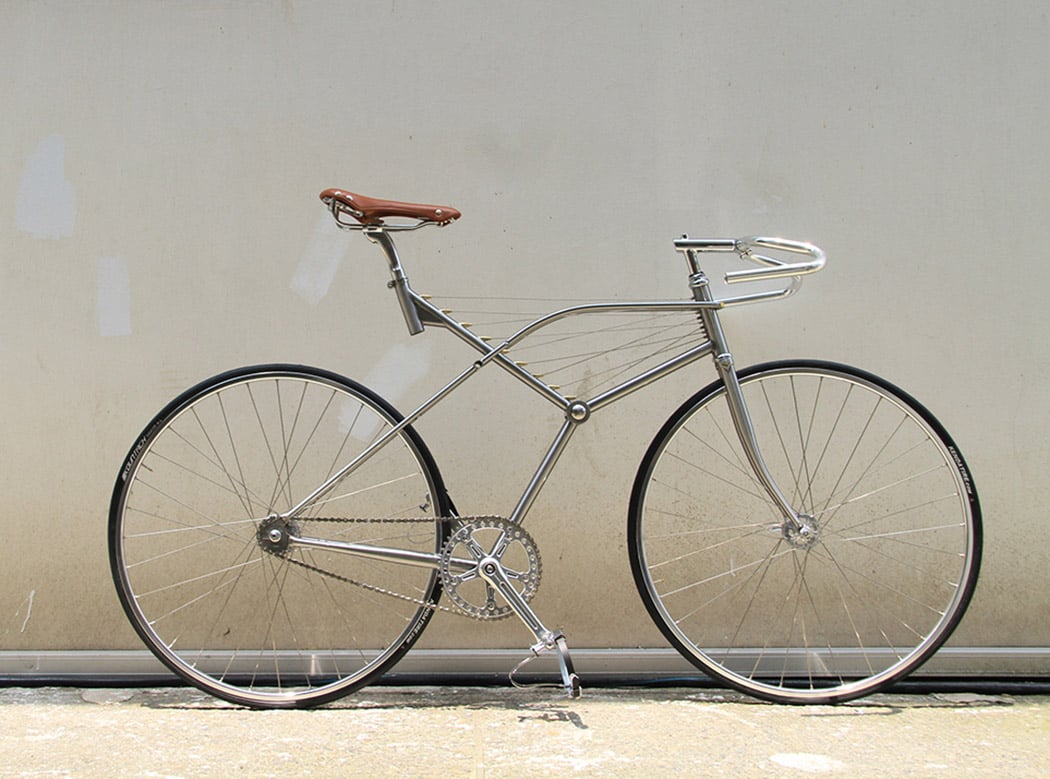
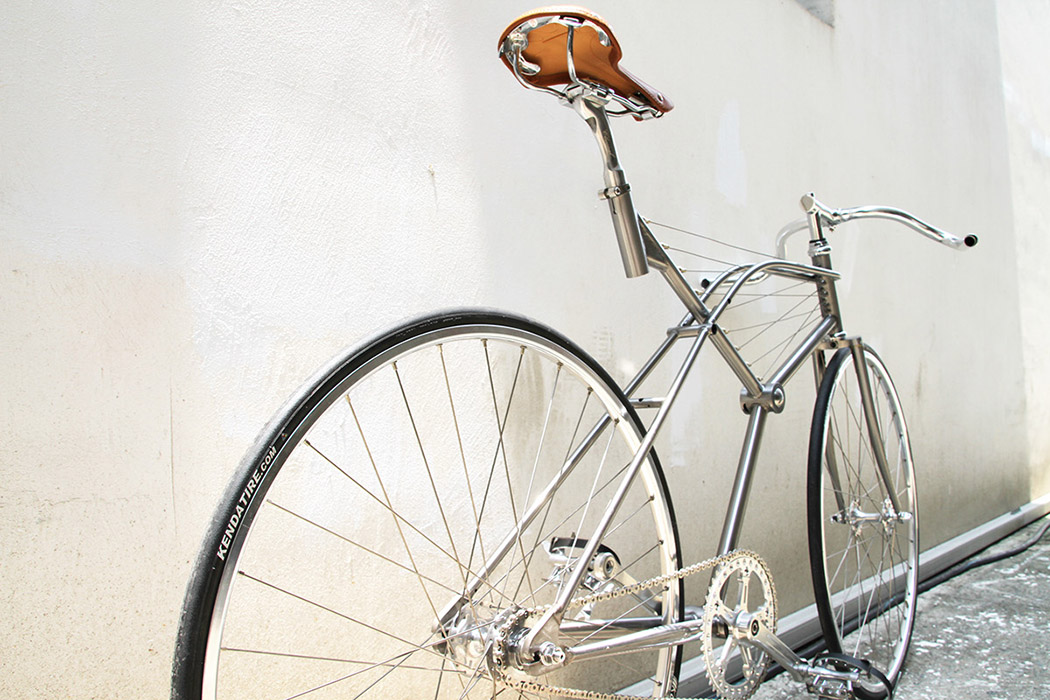
This stunning roadster bike looks to the sky for avian inspiration! It’s called the Wing Cycle and its frame veers from the traditional diamond shape, instead of adopting the form of a bird wing structure. This includes a mesmerizing cable wire design that supports the seat. Furthermore, the cable rope system can be adjusted to change the position of the seat for different riding modes. Clad in a beautiful material blend of chrome, leather, and wood, the result is skeletal yet sleek and entirely different than anything out there.
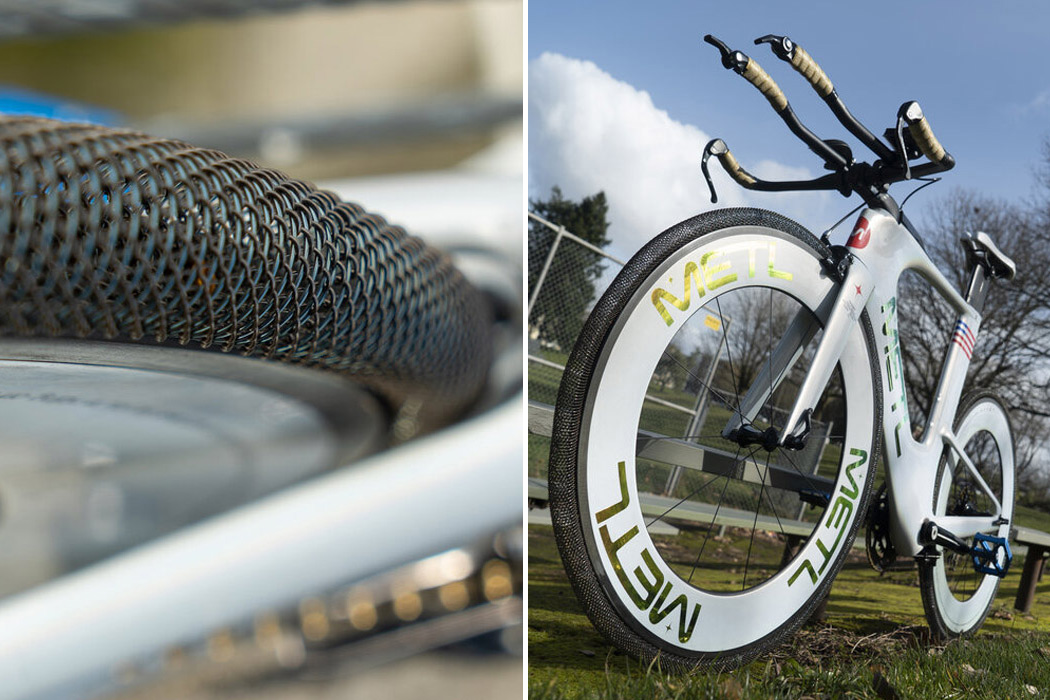
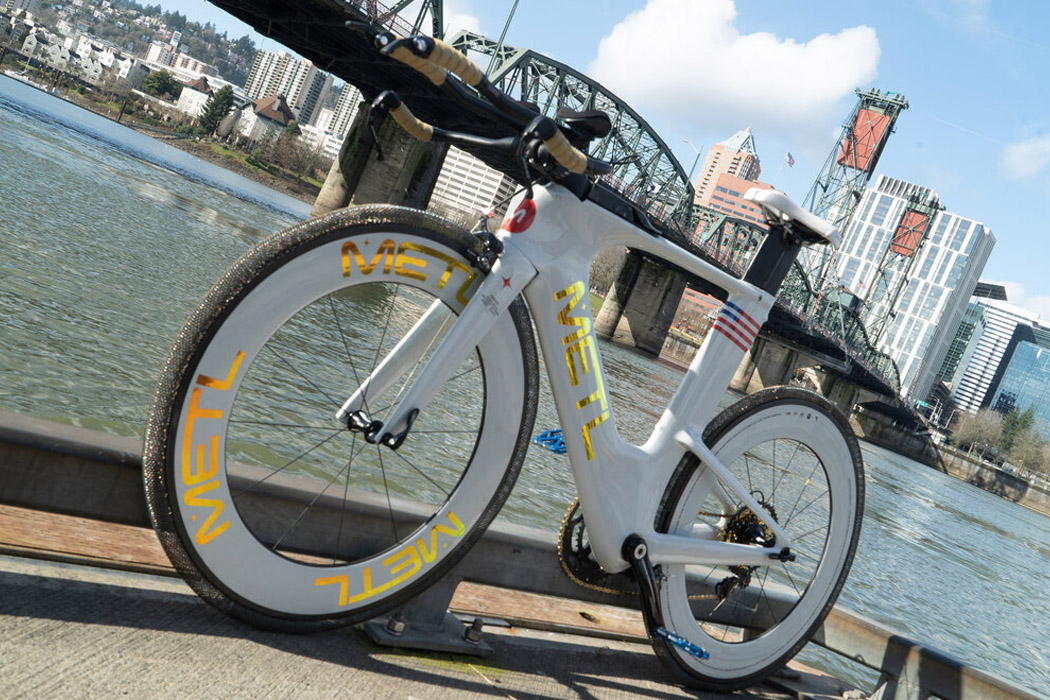
Just when you thought tubeless bike tires are the best thing on the road for your bicycle, the next revolution has arrived. The very technology that NASA uses in its Mars rover and lunar mission, has now made it through to the consumer-oriented arena in the form of METL tire developed by the startup Smart Tire Company, who’ve licensed the technology to bring to the bicycle lanes in the near future. The airless METL bike tires are crafted out of the Shape Memory Alloy Radial Technology (SMART) – made from strong (like titanium), lightweight yet ultra-elastic material (like rubber) known as NiTinol+. This magic material according to Smart Tire Company, “rearranges its molecular structure when you bend it, but instantly goes back to its original shape, perfectly.”
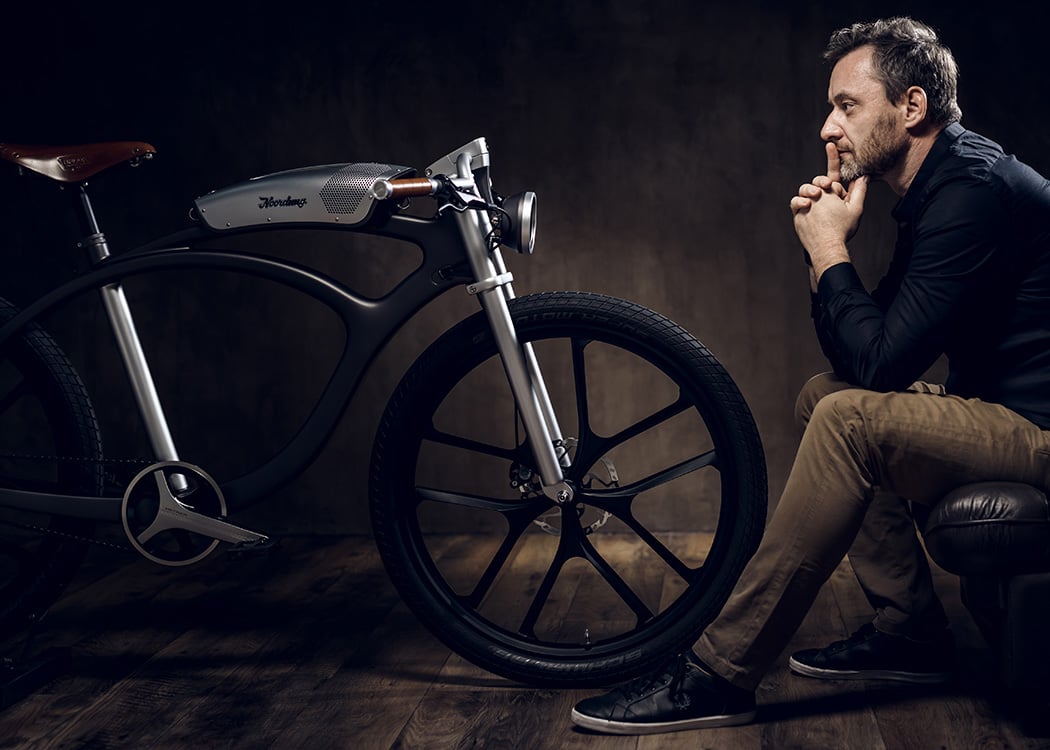
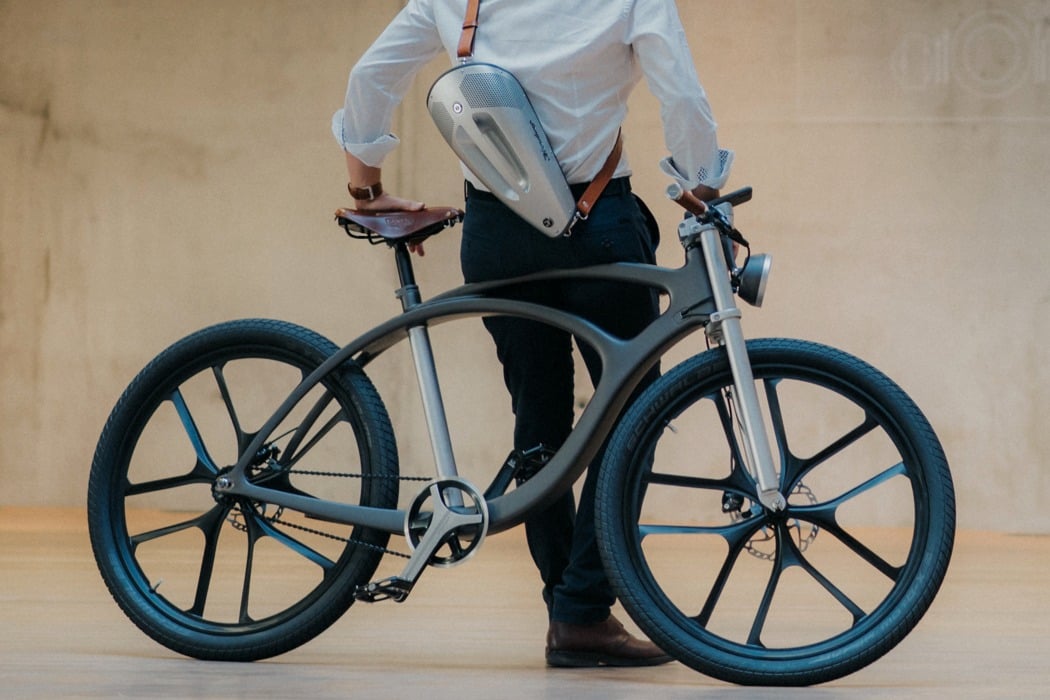
A lot has changed for the Noordung, but it still captures its overall spirit from 2 years ago. The bike’s frame is crafted from carbon fiber, giving the bike its incredibly low weight. In fact, at 20kgs, Noordung is the lightest cruiser e-bicycle in the world. The updated Noordung ditches the Vivax Assist motor for a 250W Keyde motor (embedded right in the rear wheel) with 4 levels of assisted drive and speed assistance of 25km/h. The most iconic bit of the Noordung is still retained within this updated design. The heart, if you will, of the Noordung is its battery pack, a visually iconic mass that turns the bicycle into an electric bicycle.

